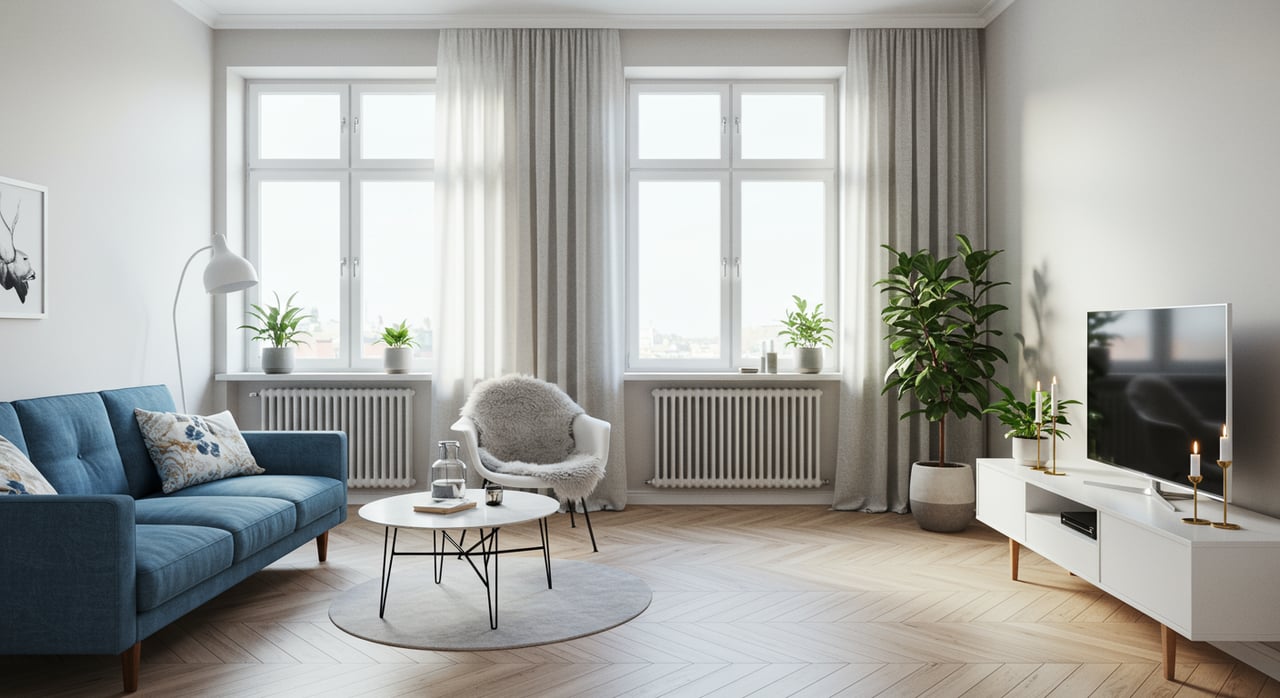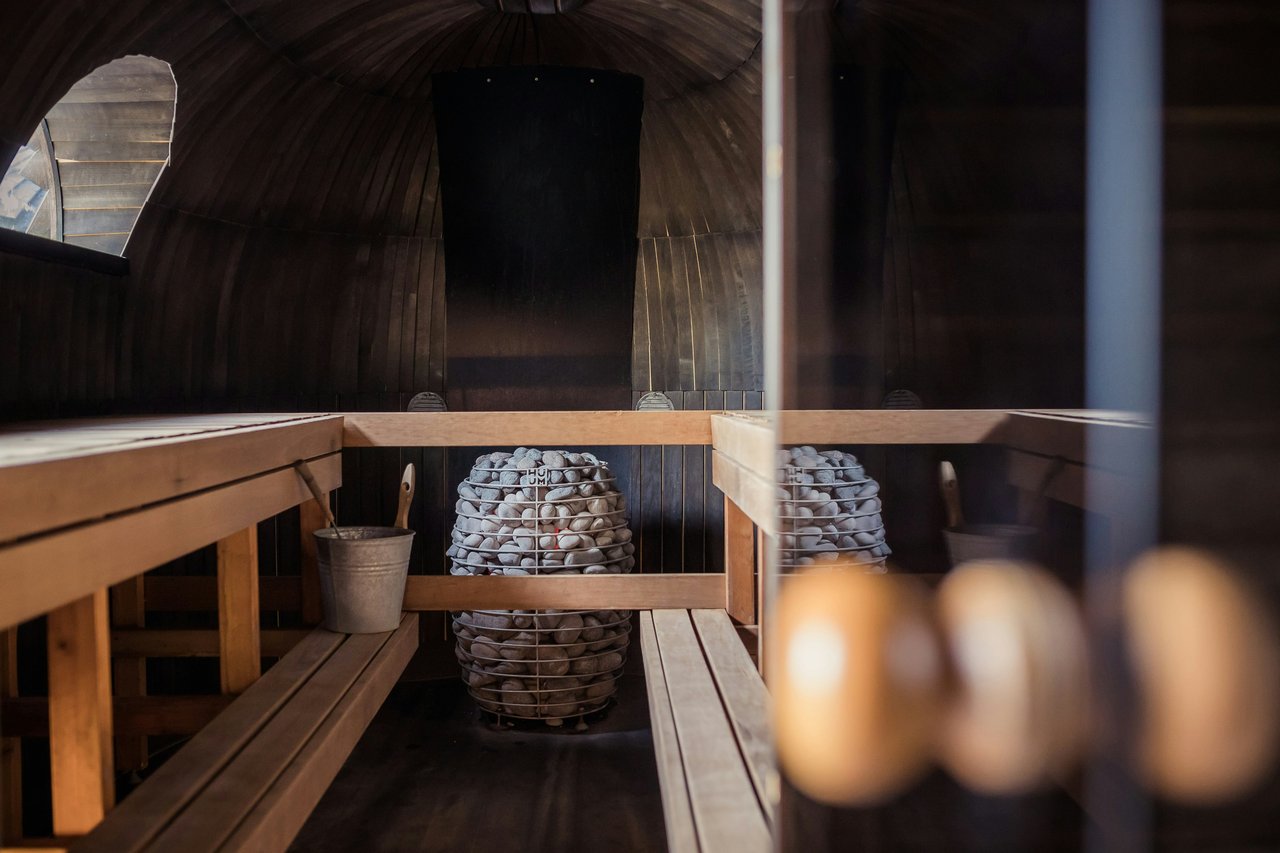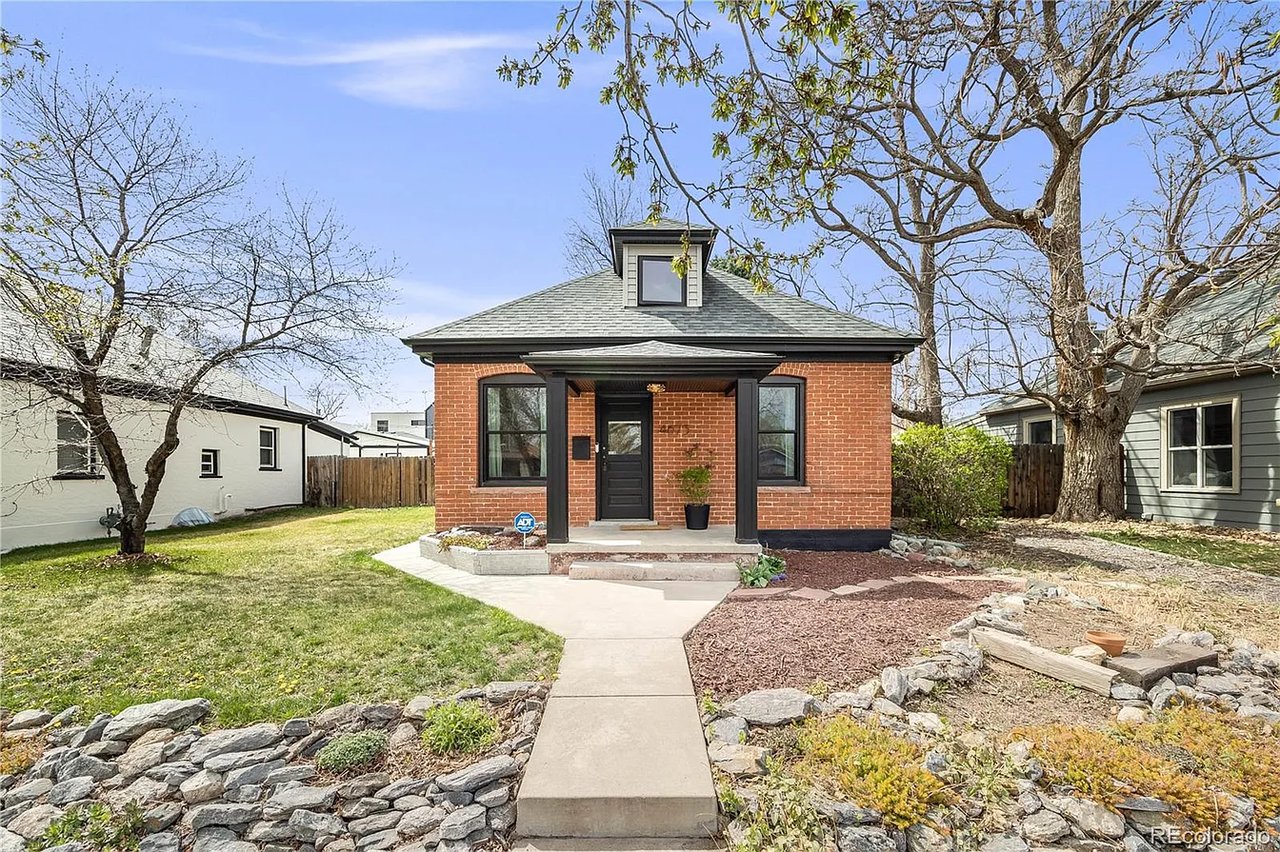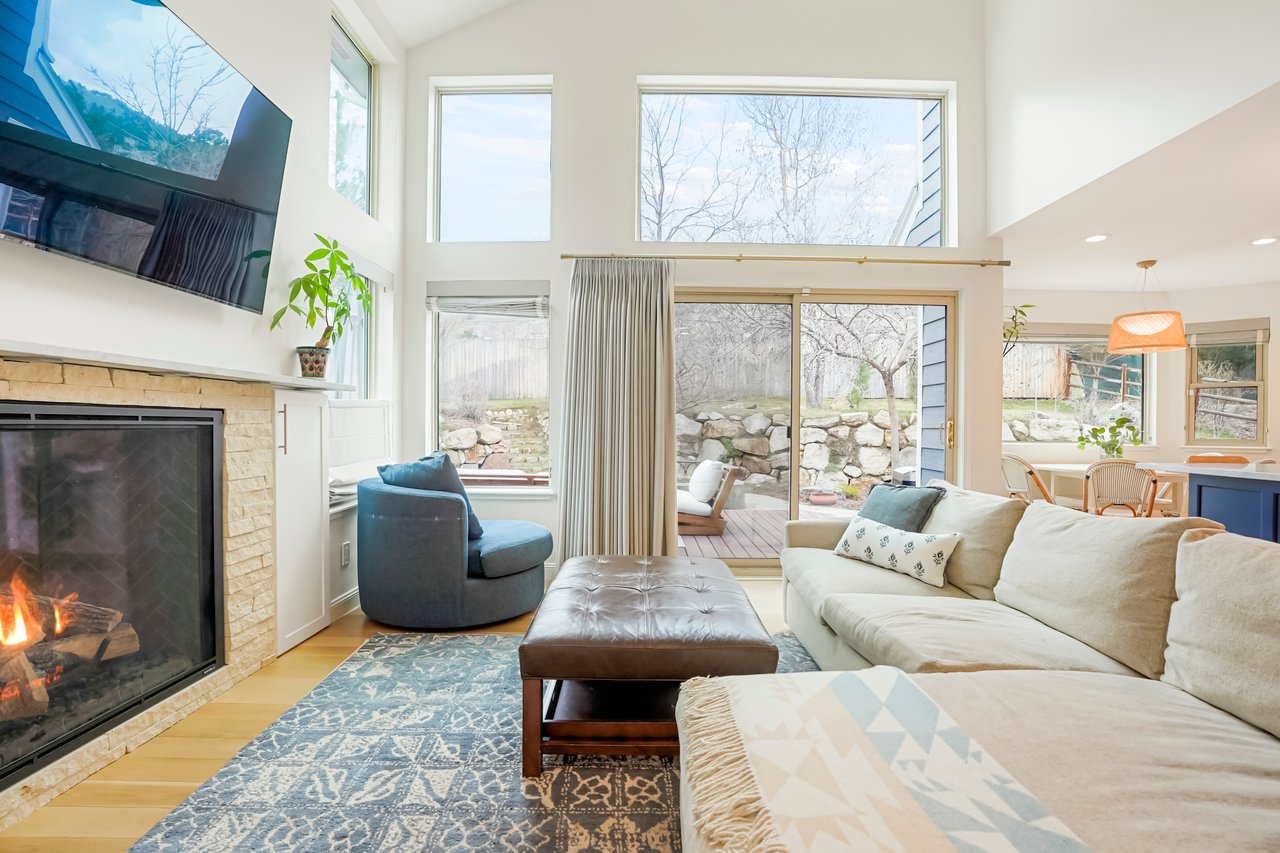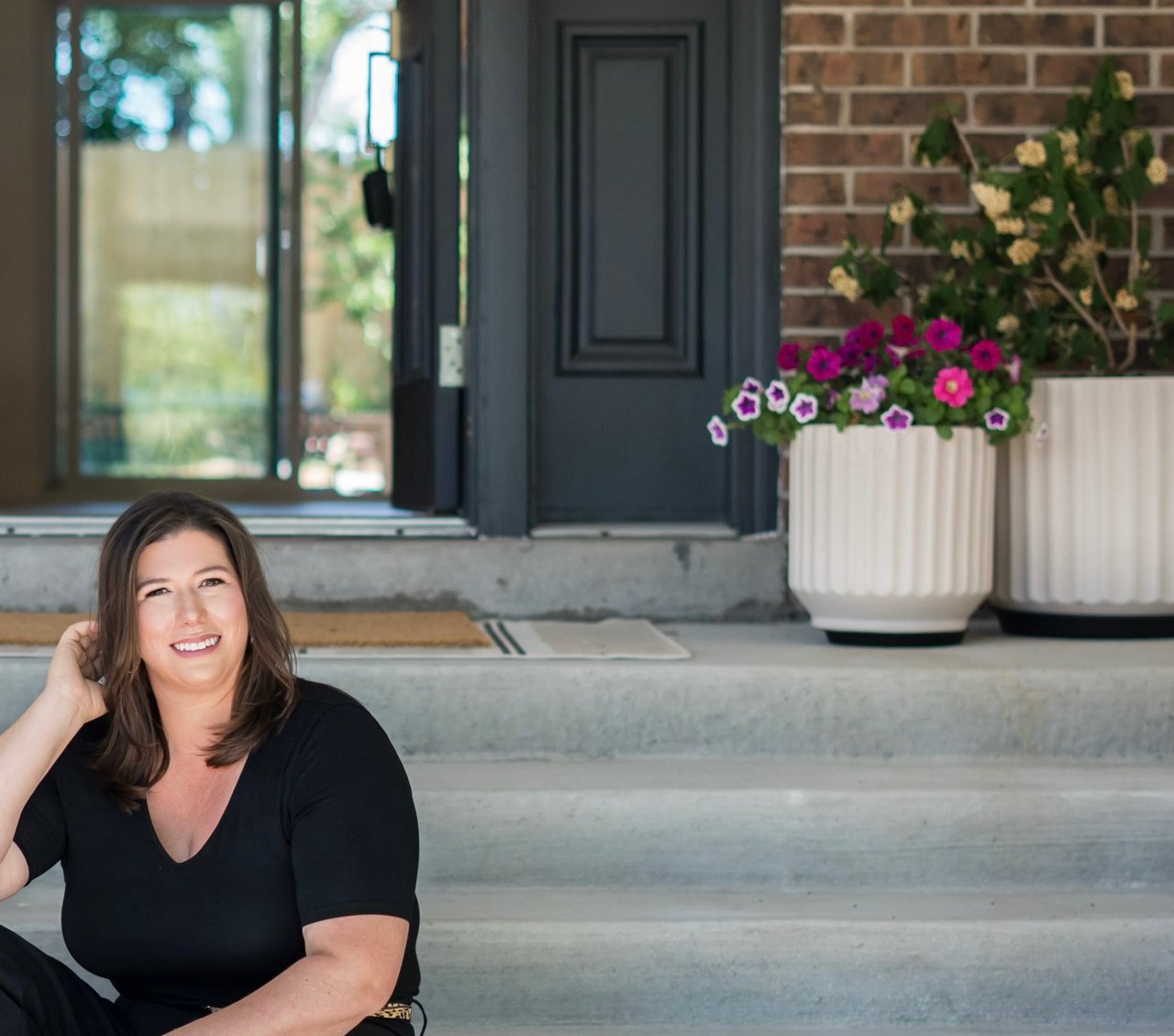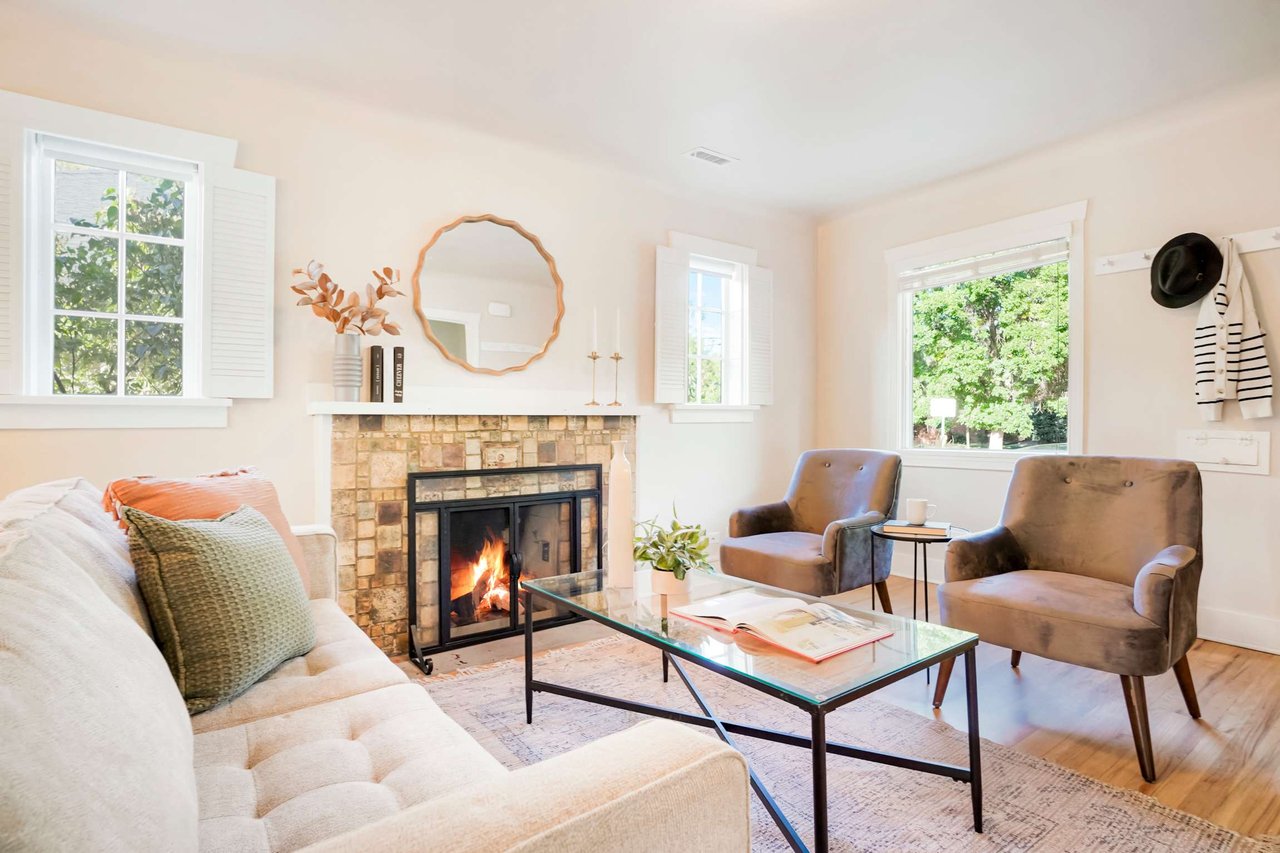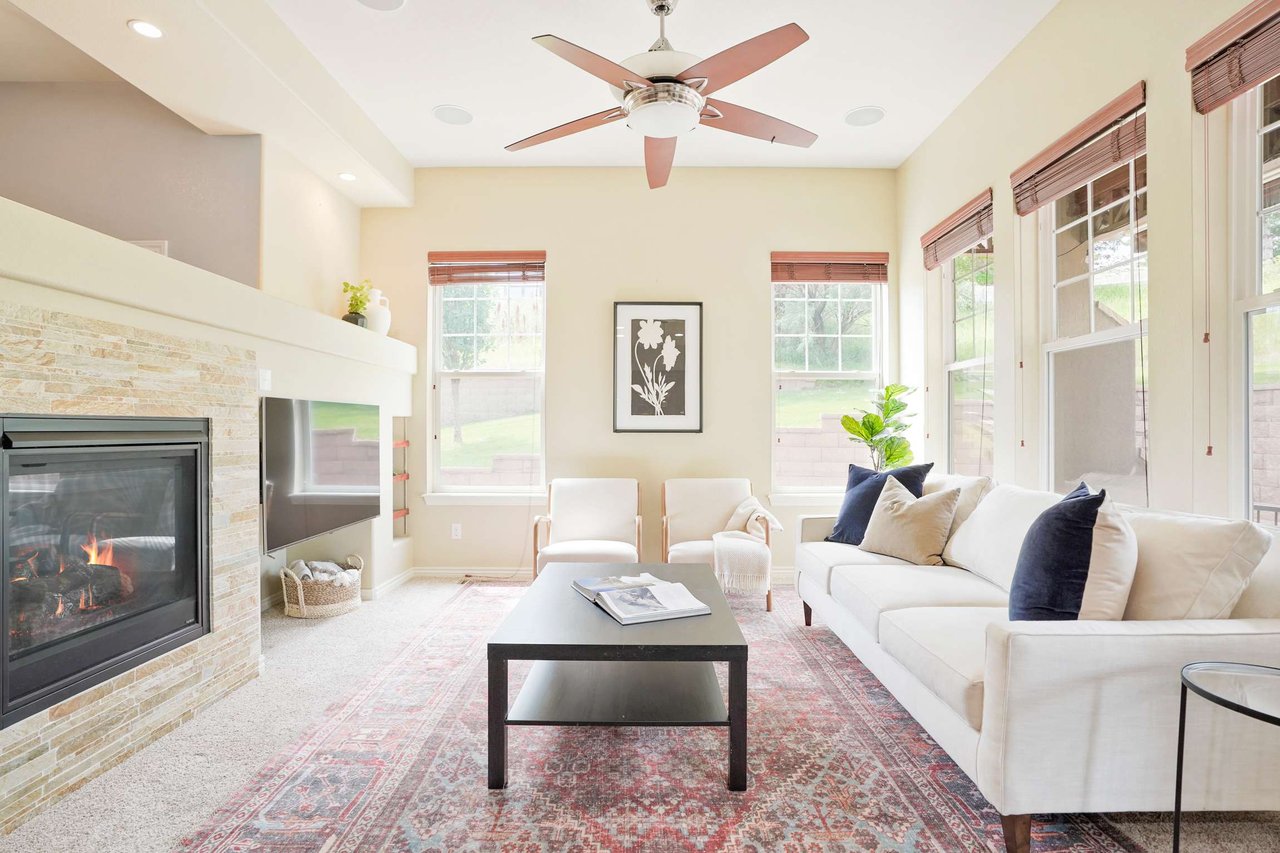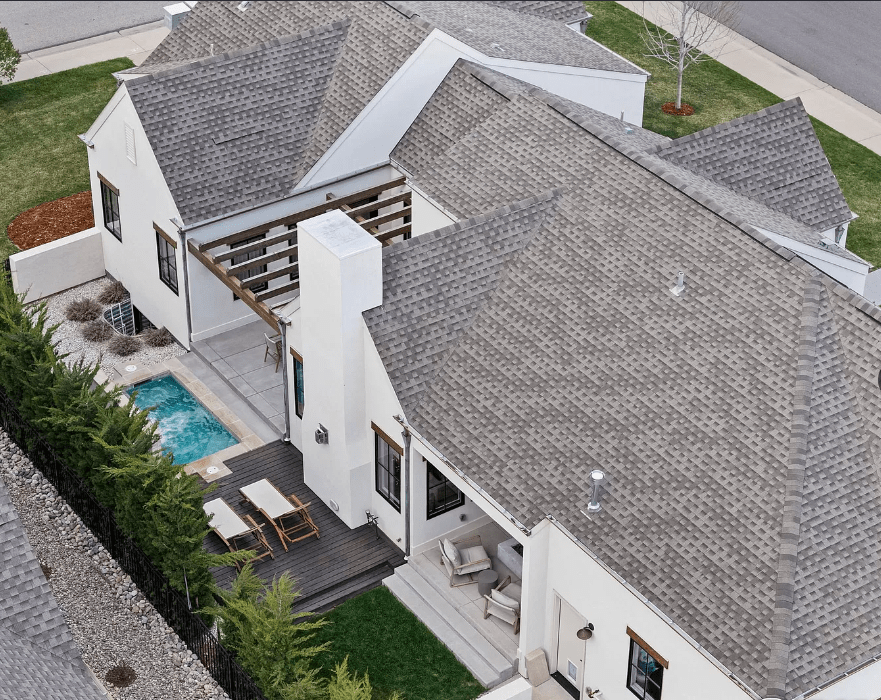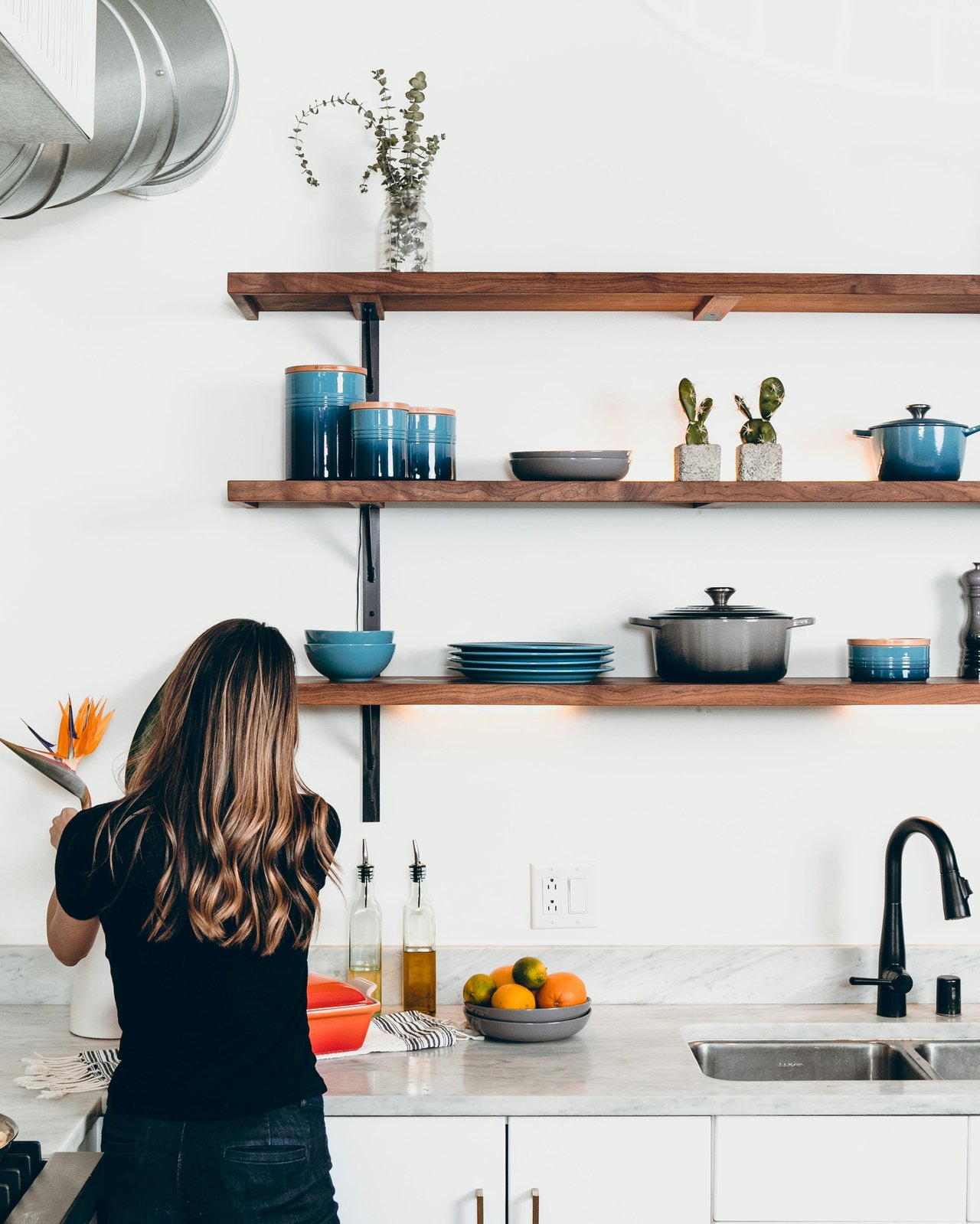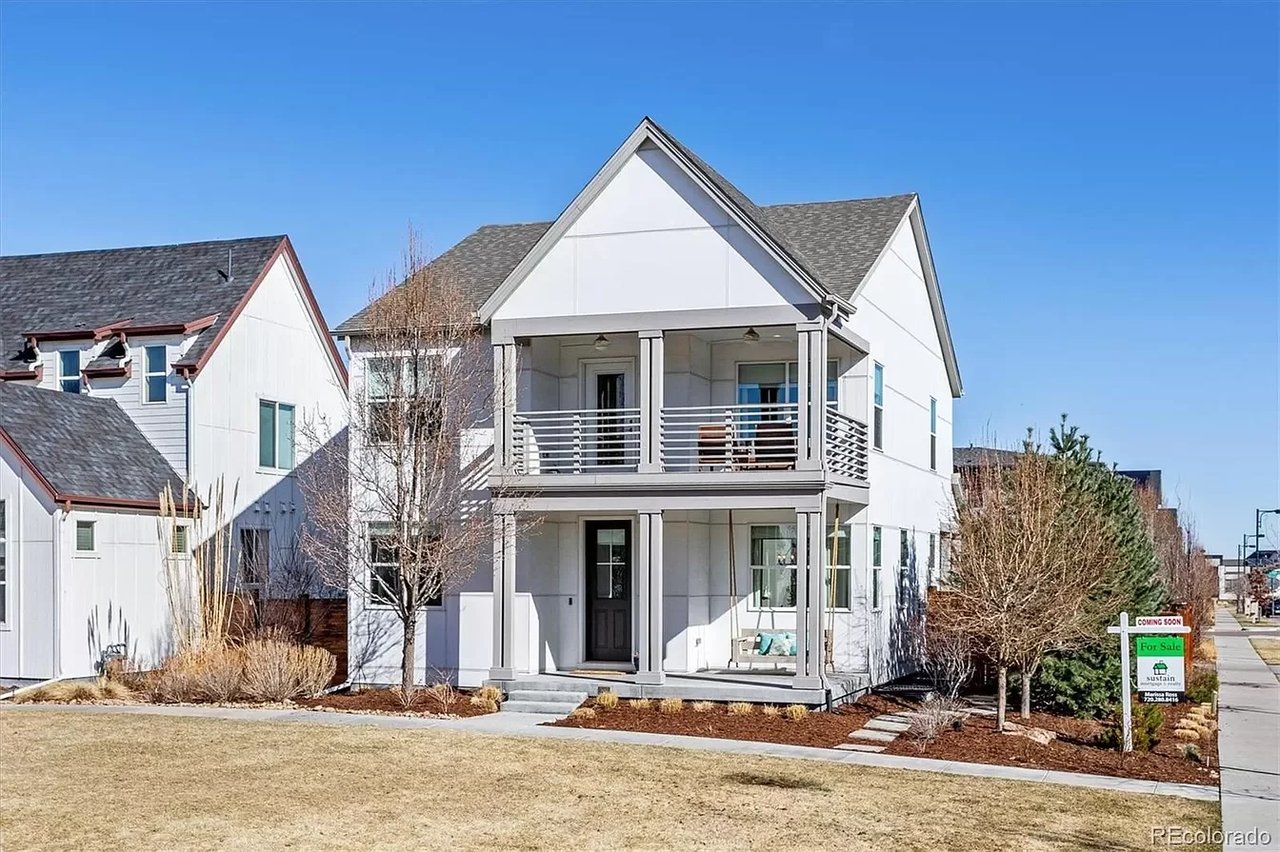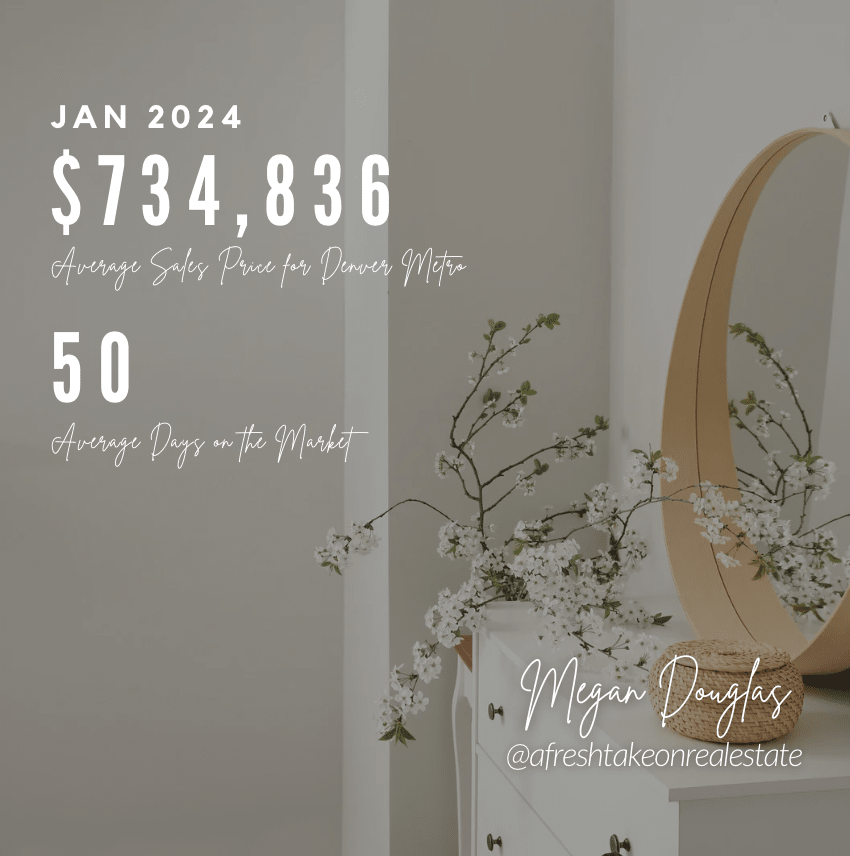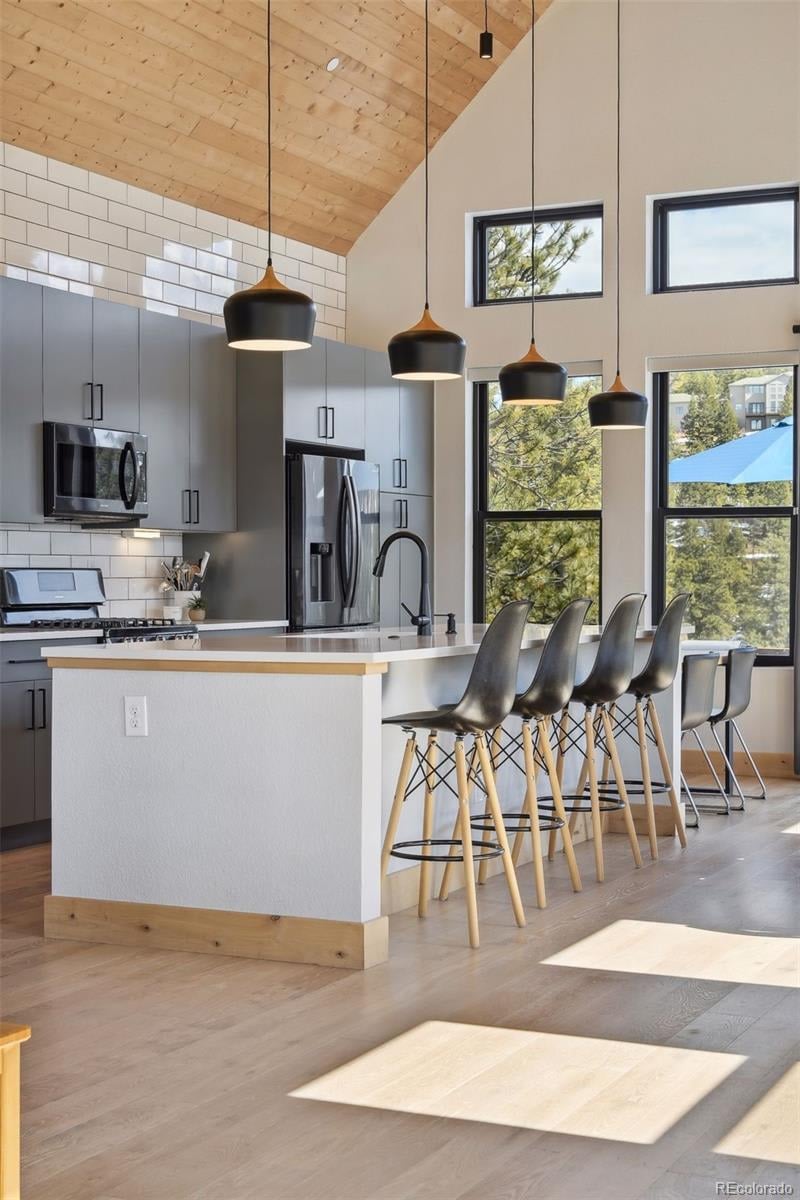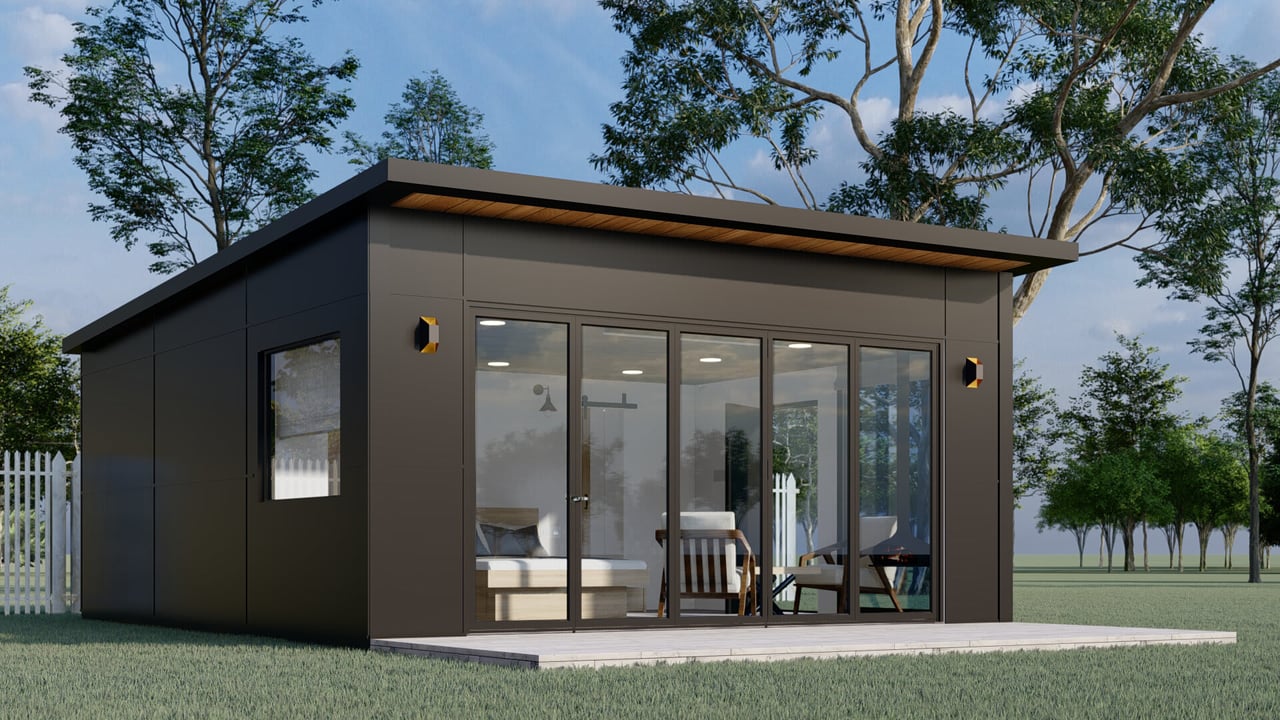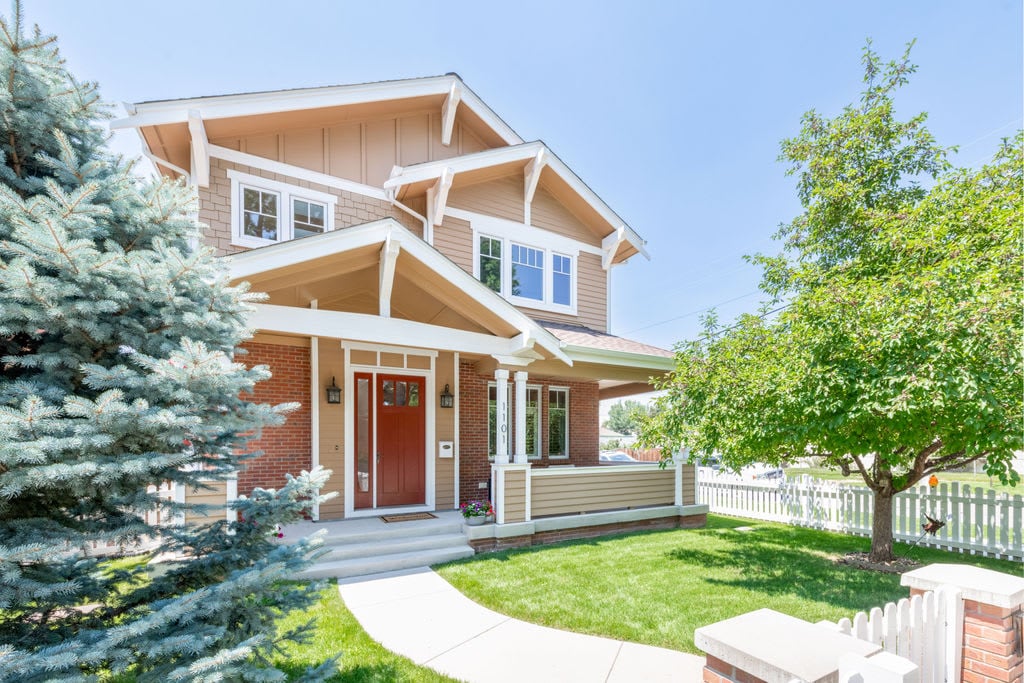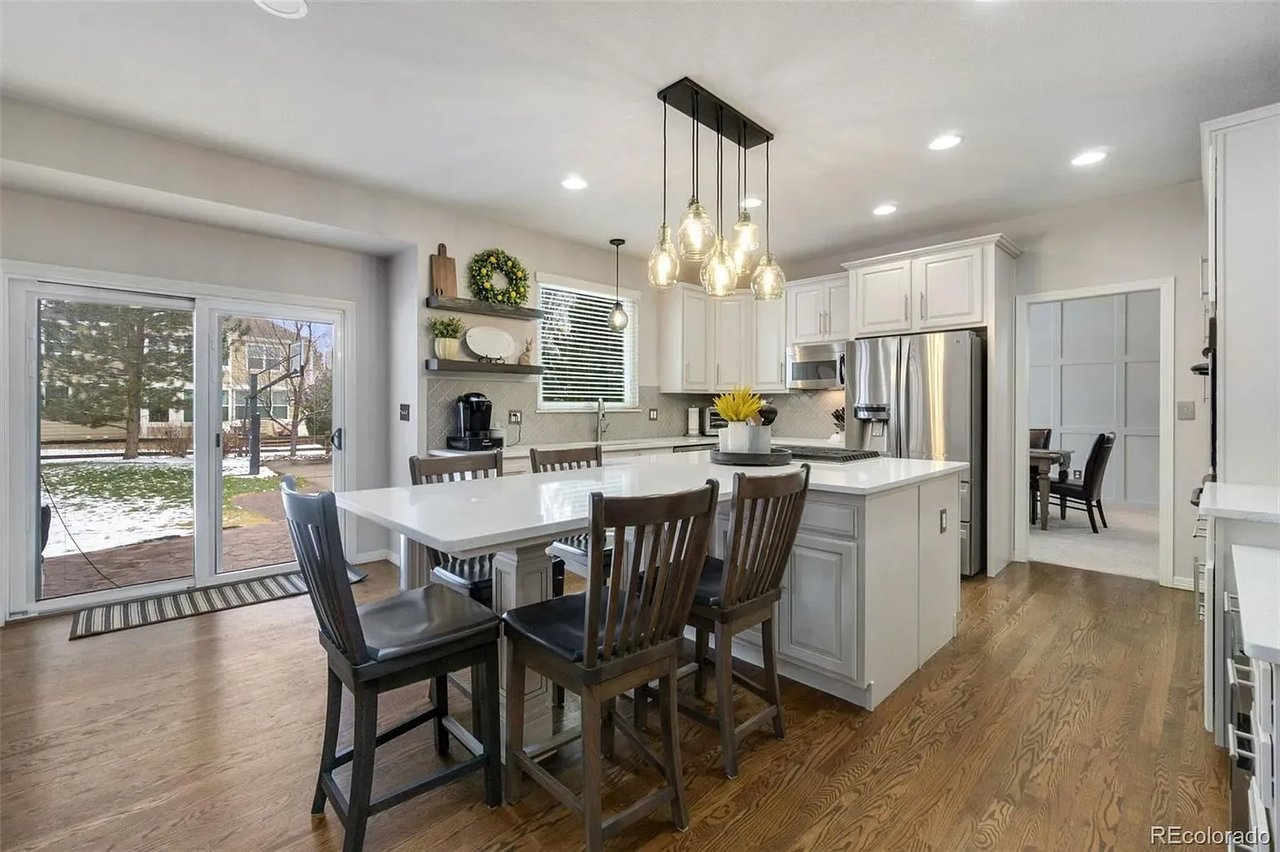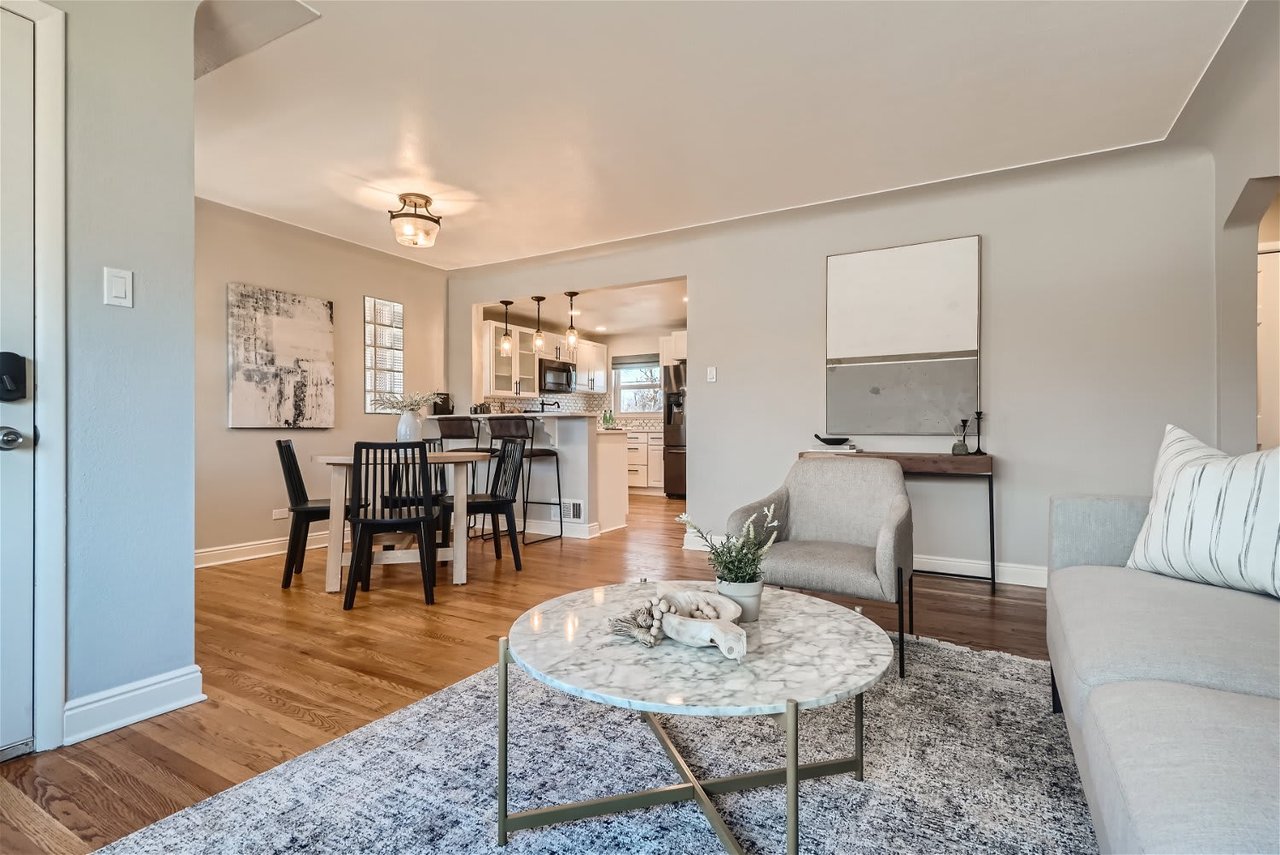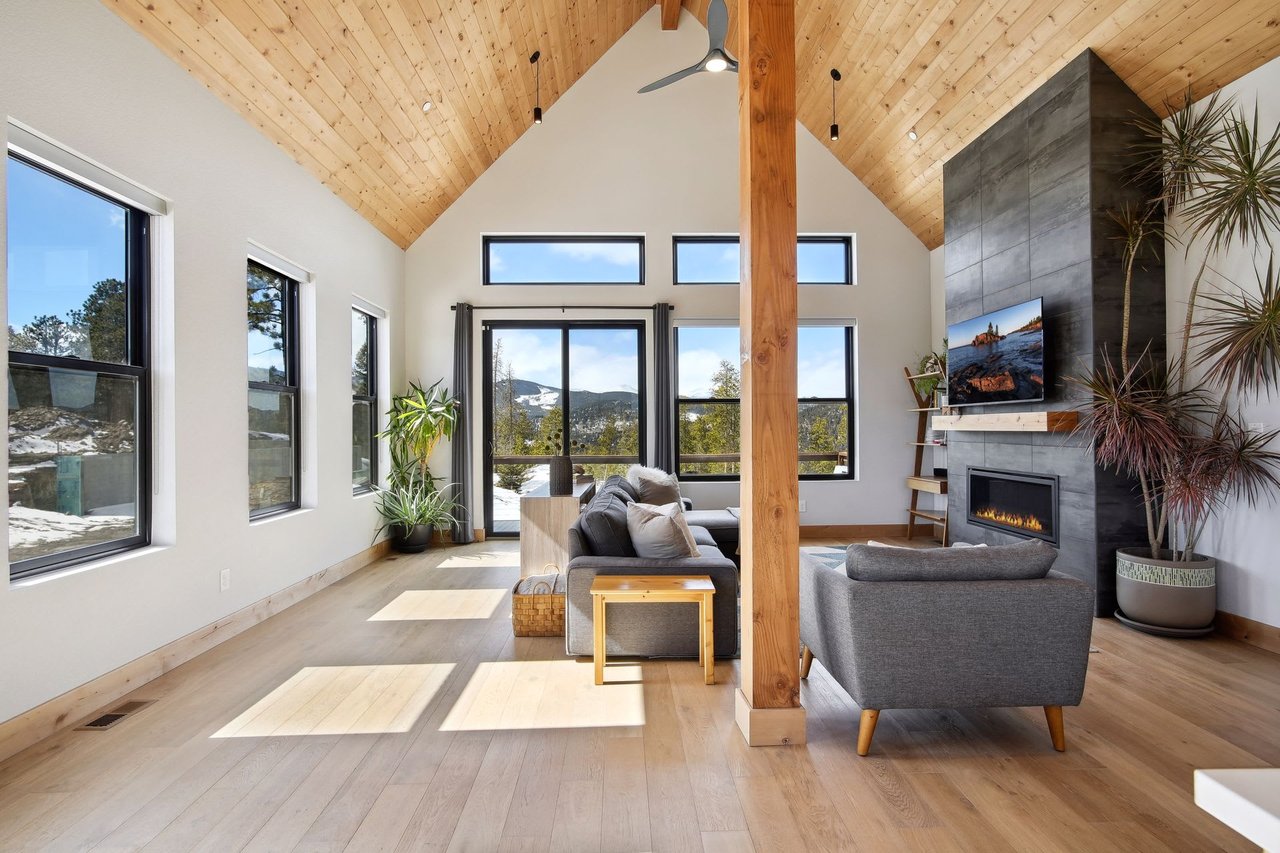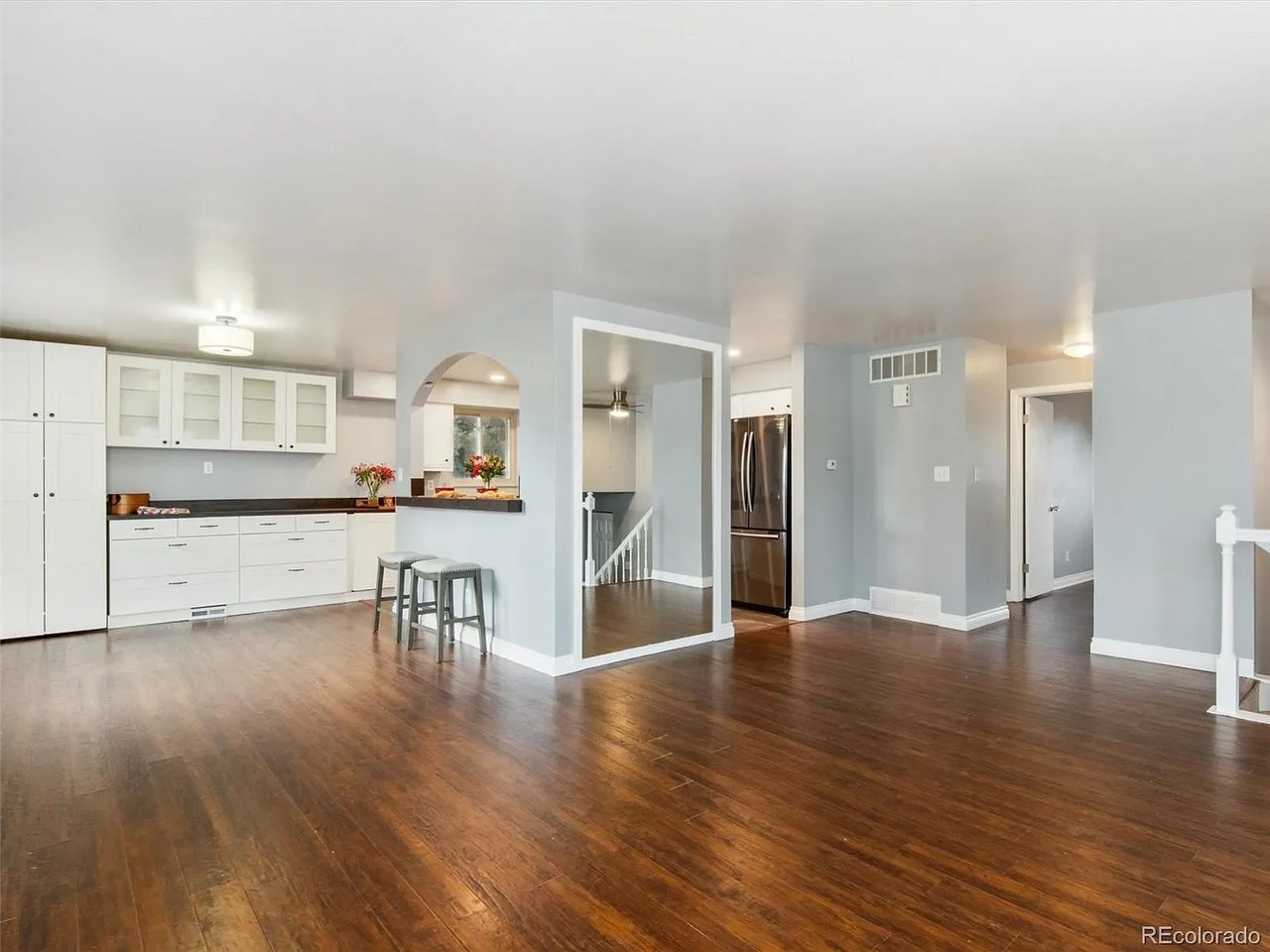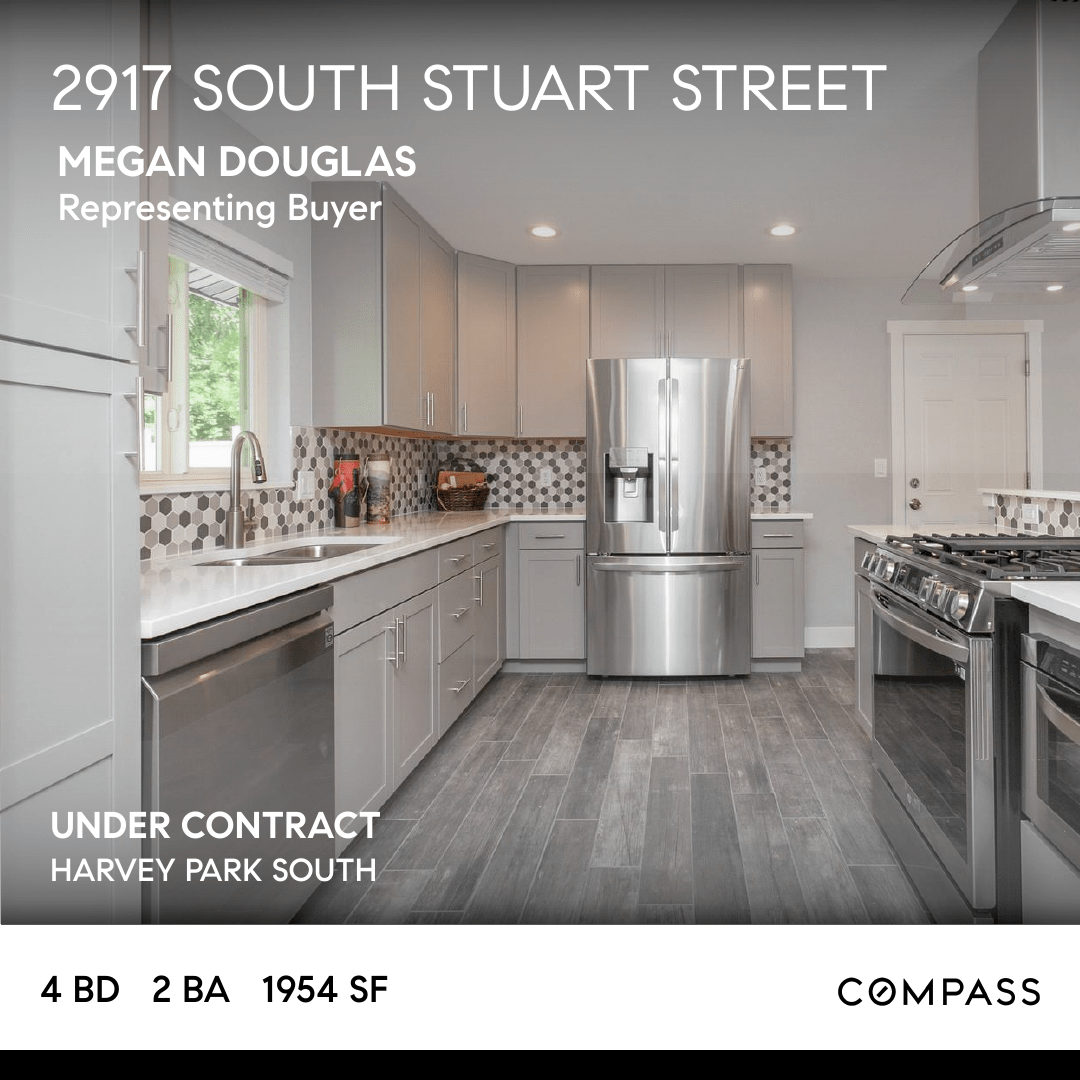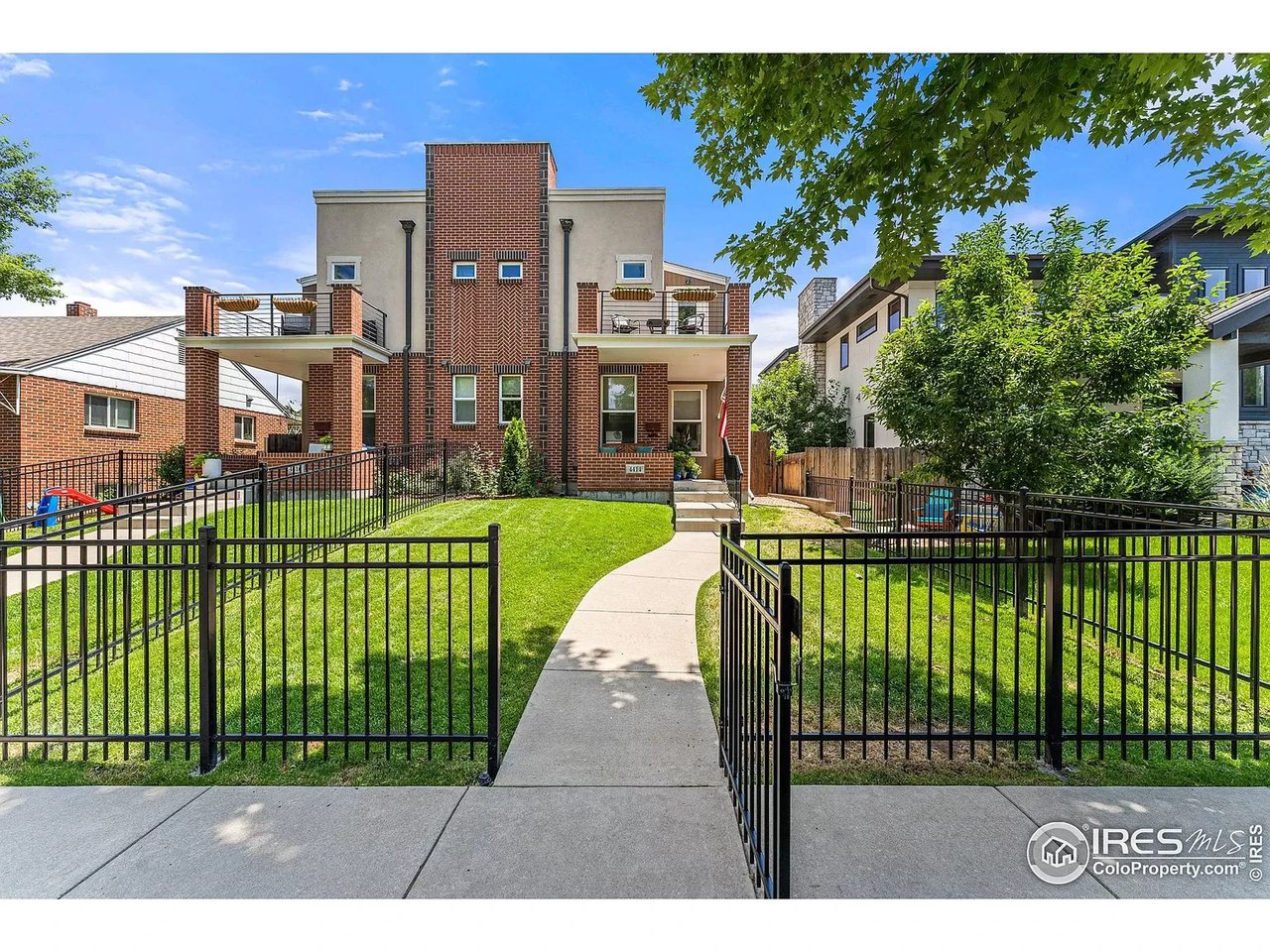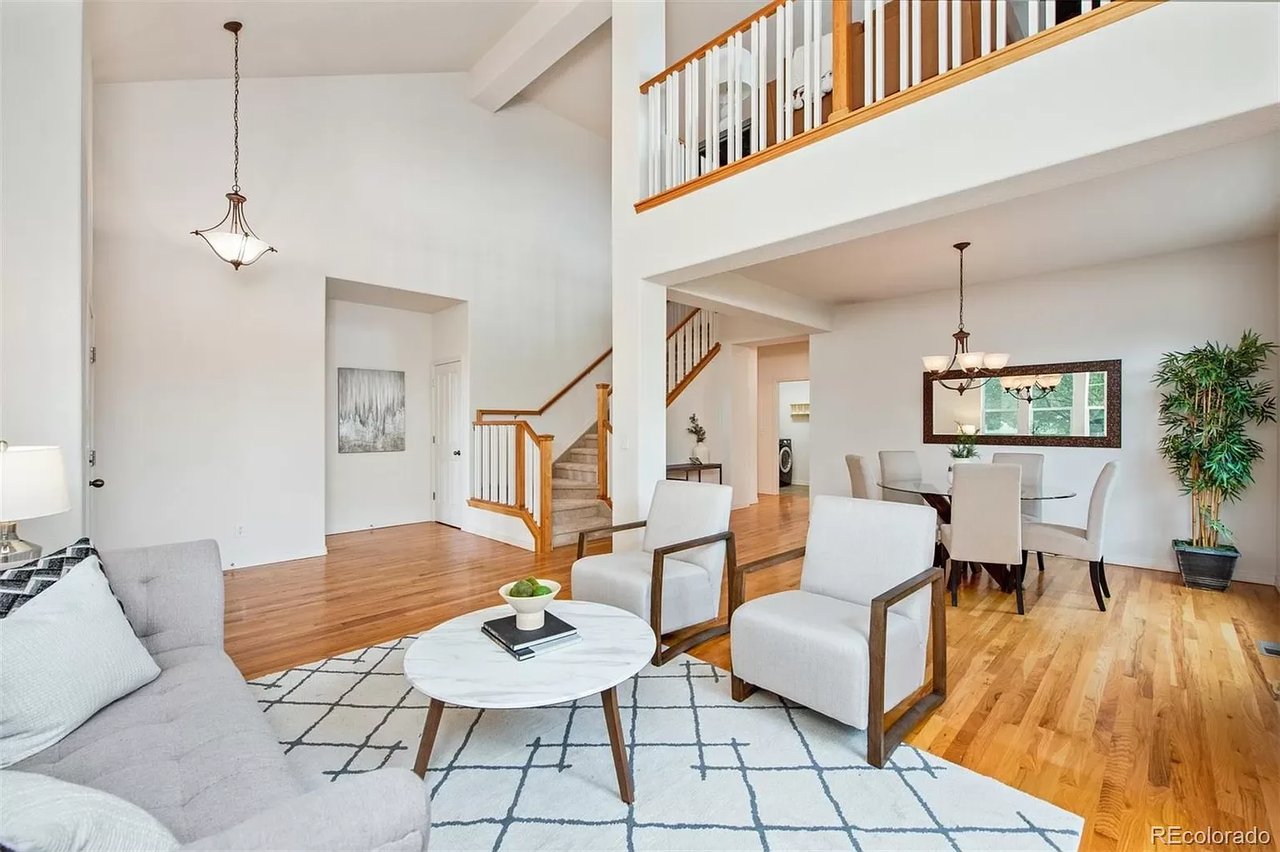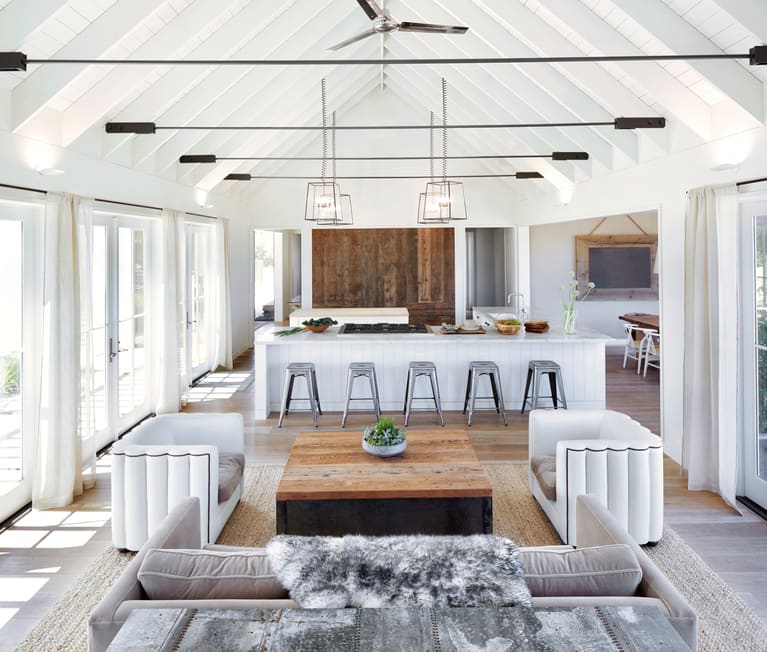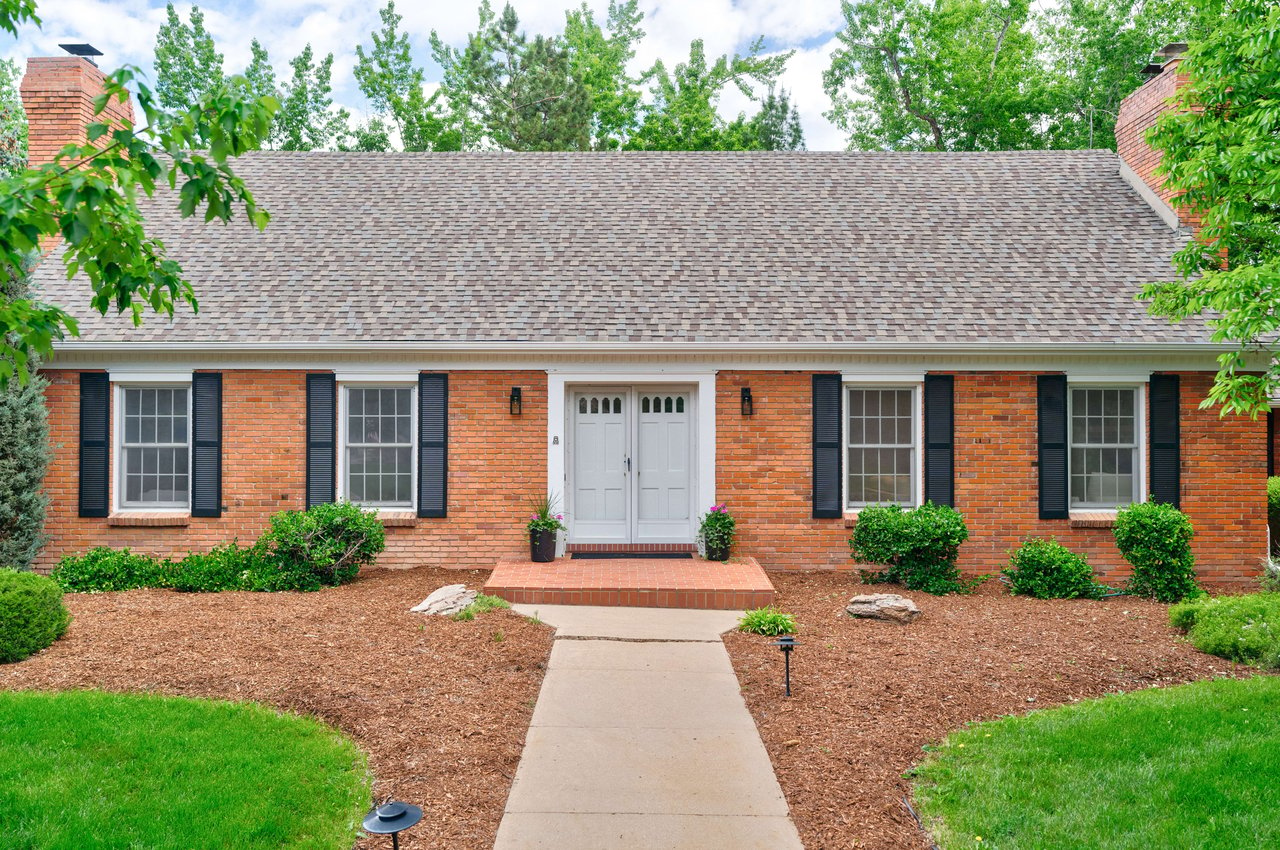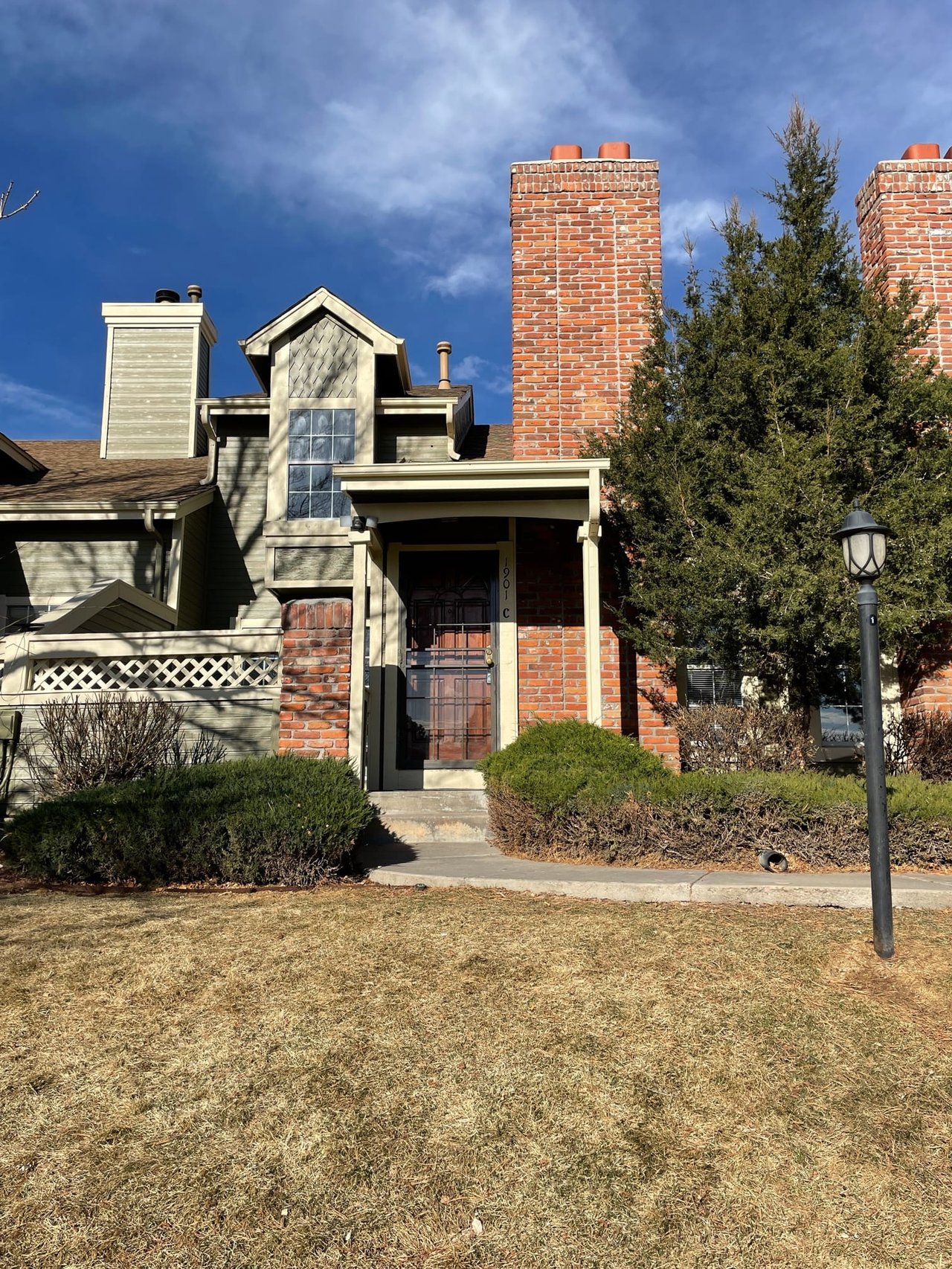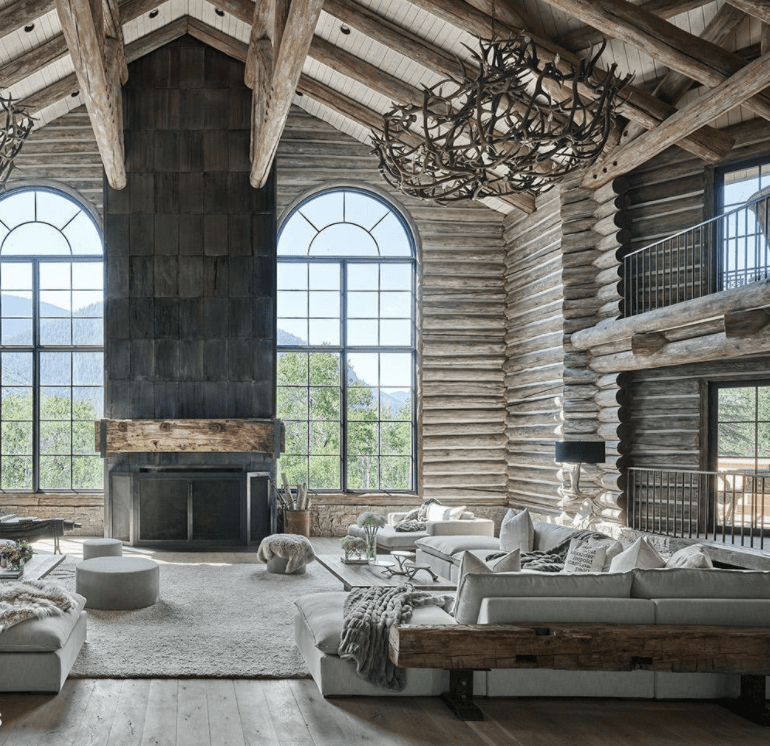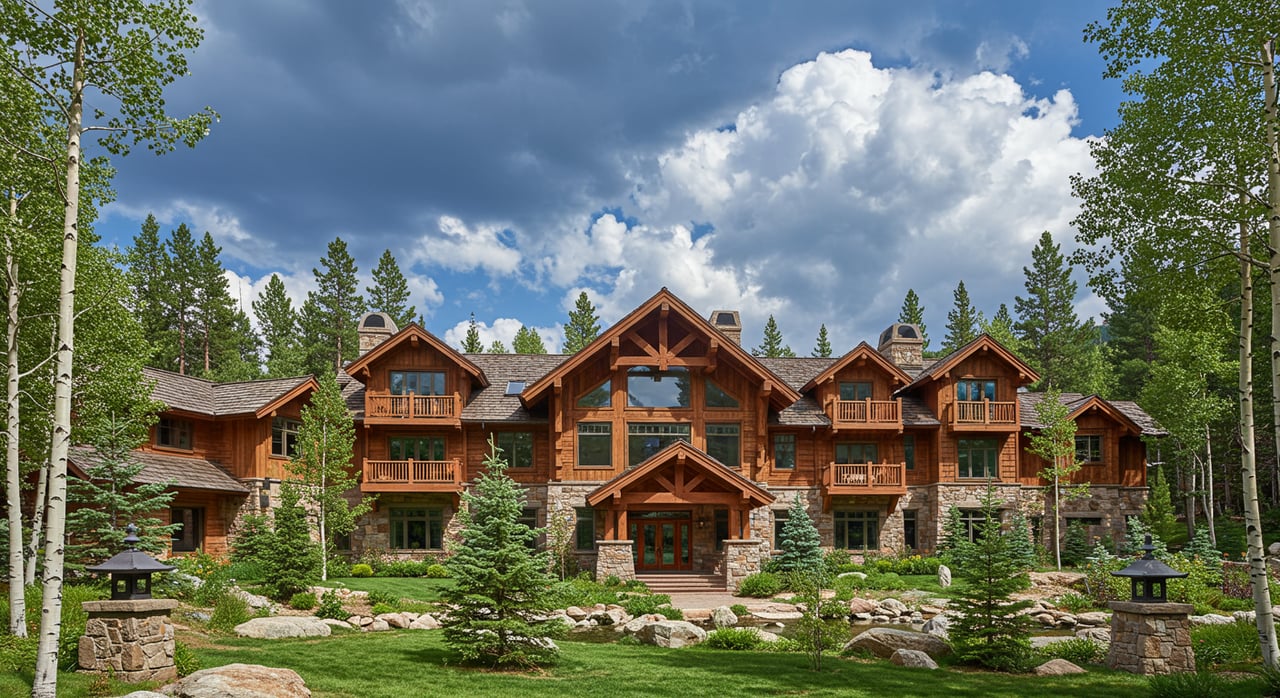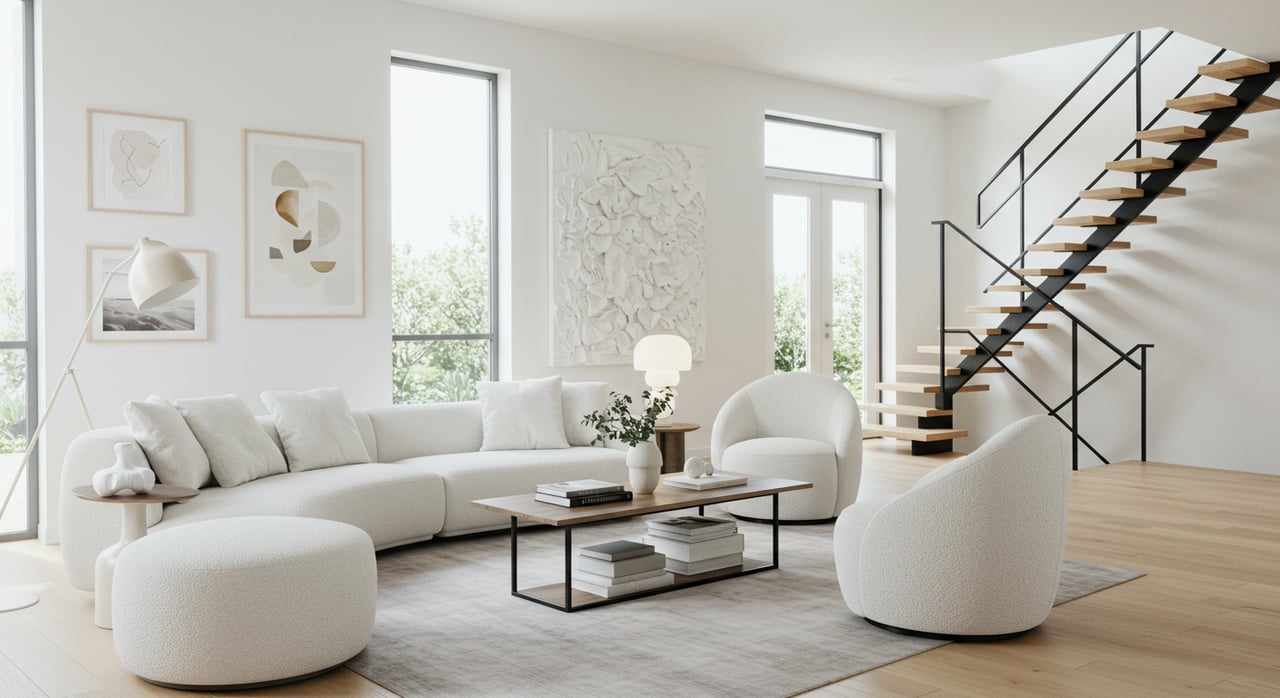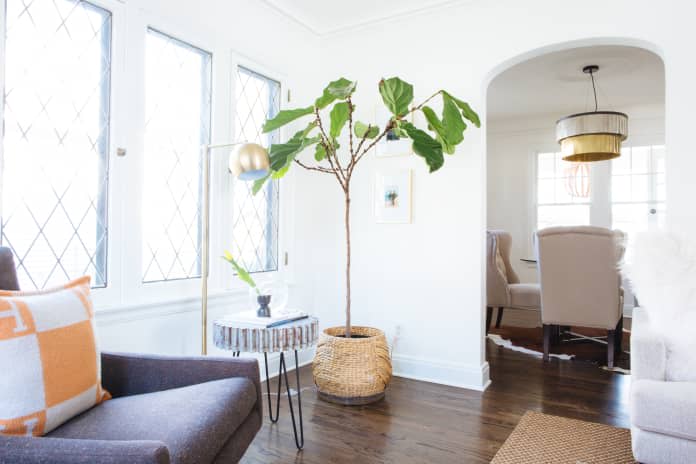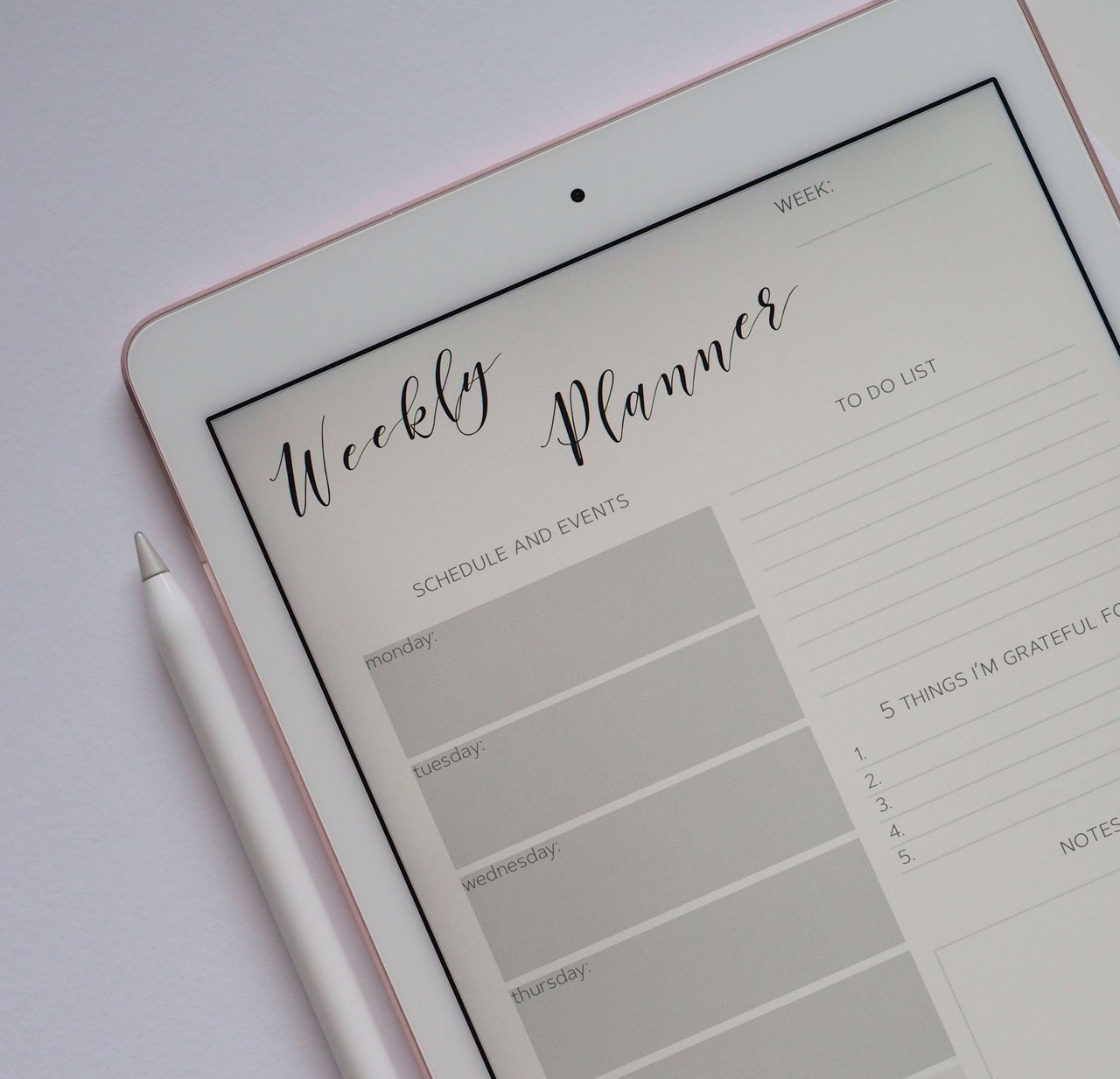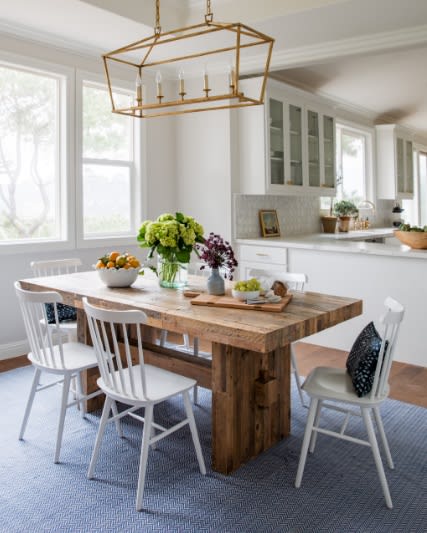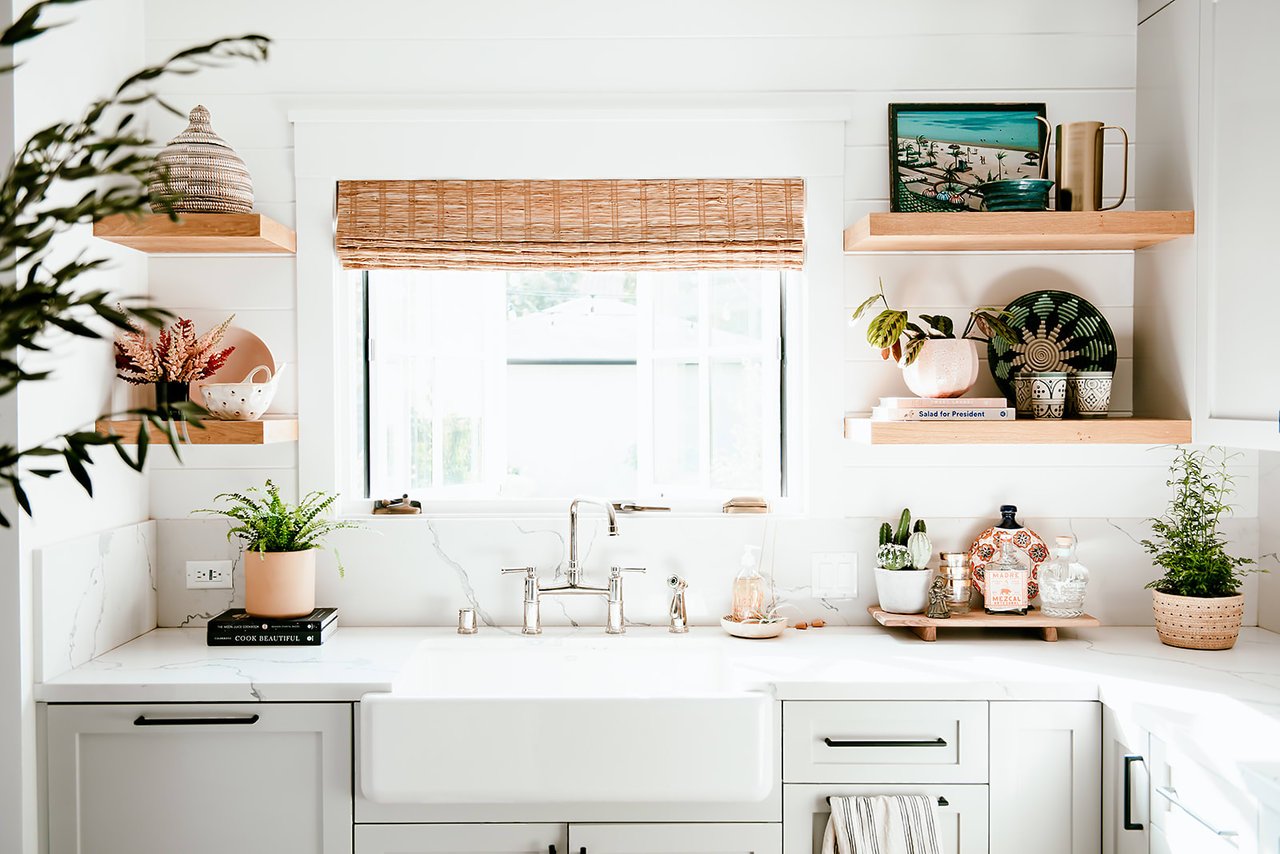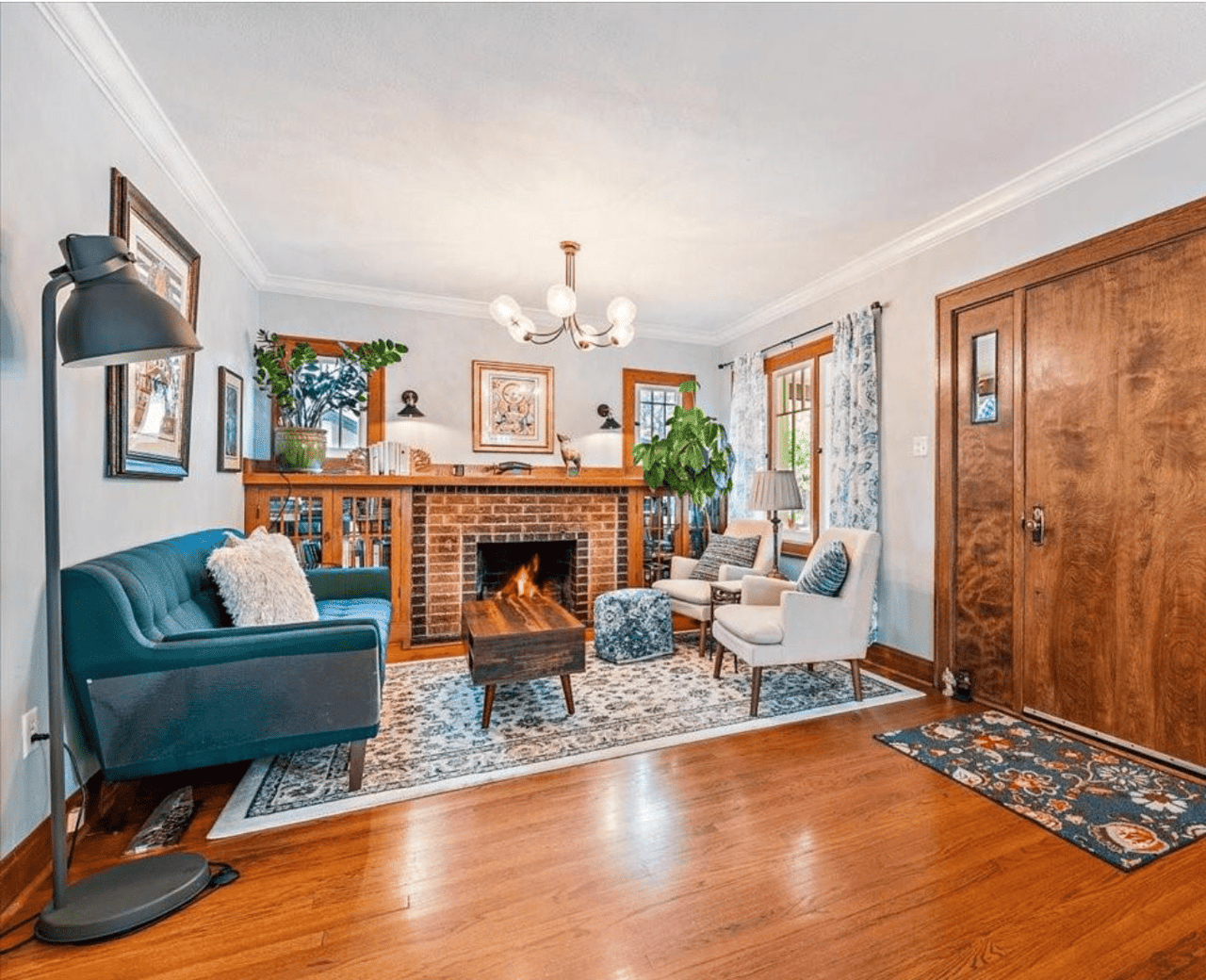This beautiful 1906 Craftsman home had many well-preserved original details, including elaborate molding and leaded glass windows. But though the foyer was gracious, it didn’t function well for the young family that lived there. Interior designer Jennifer Kowalski came up with a design that complimented the beautiful period architecture and gave the family ample storage space for coats, shoes, hats, mittens, keys, mail, and even tiny socks.
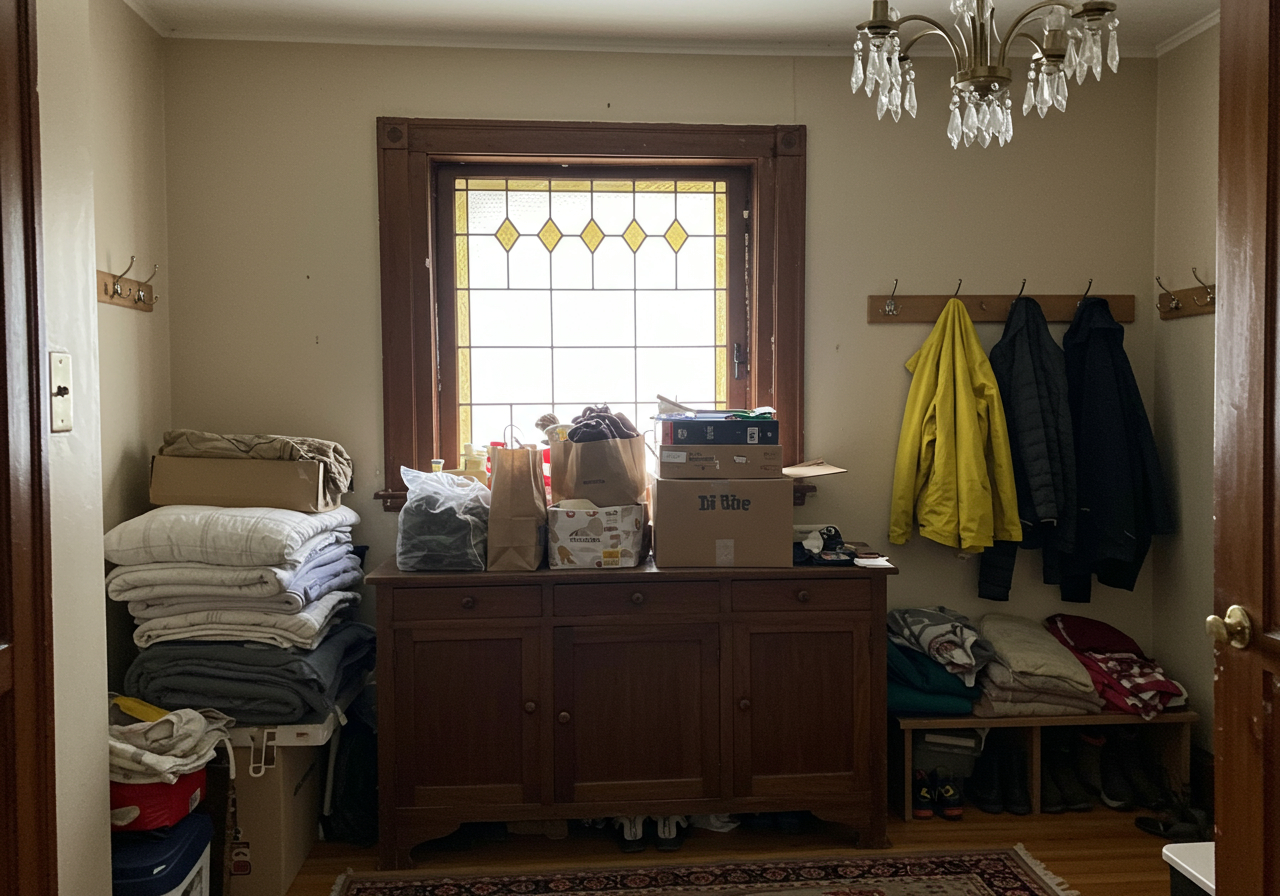
Before Photo
Photos by Jeff Beck
Entry at a Glance
Who uses it: A busy family of five
Location: Seattle
Size: 162 square feet (15 square meters)
Designer: Jennifer Kowalski of Six Walls Interior Design
Contractor: Potter Construction
Before: When construction began, the couple had two toddlers and were expecting their third child. It’s easy to see here why the entry wasn’t functioning well for them. “There wasn’t a coat closet or anywhere to store things,” Kowalski says. They wanted space to hang their coats, as well as those of their guests, and to stash shoes, umbrellas, bags, and other accessories. They also needed a landing zone for items like keys, devices, and mail.
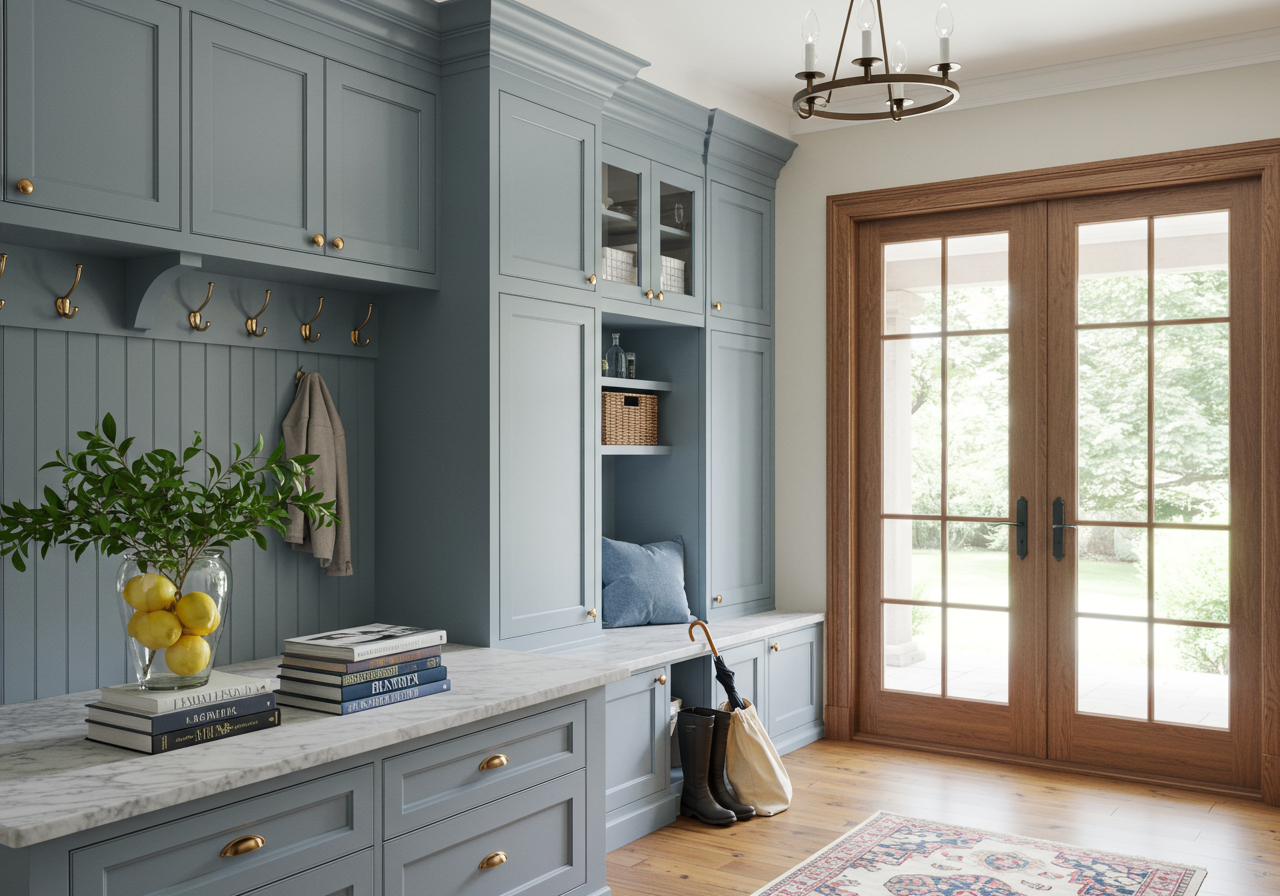
After: The home’s beautiful leaded glass windows are one of the owners’ favorite things about their home, and the new design needed to preserve the one seen here as a feature. When planning the layout, Kowalski centered a pair of tall coat cabinets around the window. She also kept enough room between the tops of the cabinets and the ceiling to show off the original crown molding. Potter Construction served as the contractor and built everything for the project.
“Having all of this stunning original woodwork is rare these days,” Kowalski says. “Matching the quality was intimidating. We had to make sure we preserved as much of the millwork as possible and honored it.” She matched the molding along the top of the cabinets to the crown molding. The cabinet profiles are Shaker-style with an ogee bead. “The beading adds a layer of subtle detail that ties the cabinets to the architecture,” Kowalski says.
Wall and ceiling paint: Plaster of Paris, Benjamin Moore
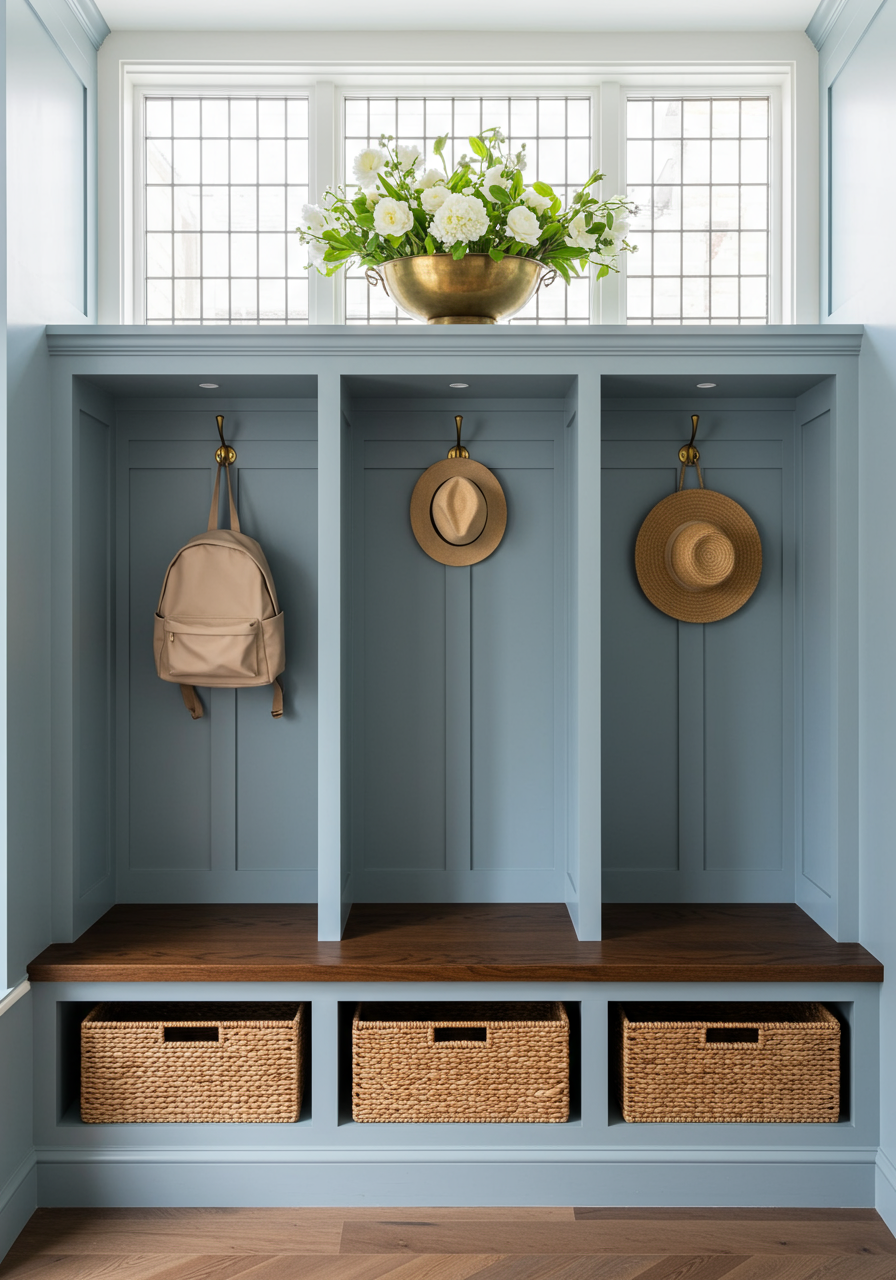
The homeowners find hooks more functional than hangers for coats, so Kowalski had them installed inside the closed cabinetry. The cubbies in the center have hooks for backpacks and accessories such as scarves. This area also serves as a bench for putting on shoes. Beneath it, the shelves are adjustable, so during the winter, the homeowners can remove shelves to make room for boots. Baskets help corral items. One of the most important aspects of the new design is that it accommodates little socks.
“The homeowner told me that often she would have the kids almost ready to get out the door only to realize they didn’t have their socks on,” Kowalski says. “She couldn’t leave two toddlers alone downstairs while she ran back upstairs to fetch them, so it was an ordeal.” Now they have a designated sock basket.
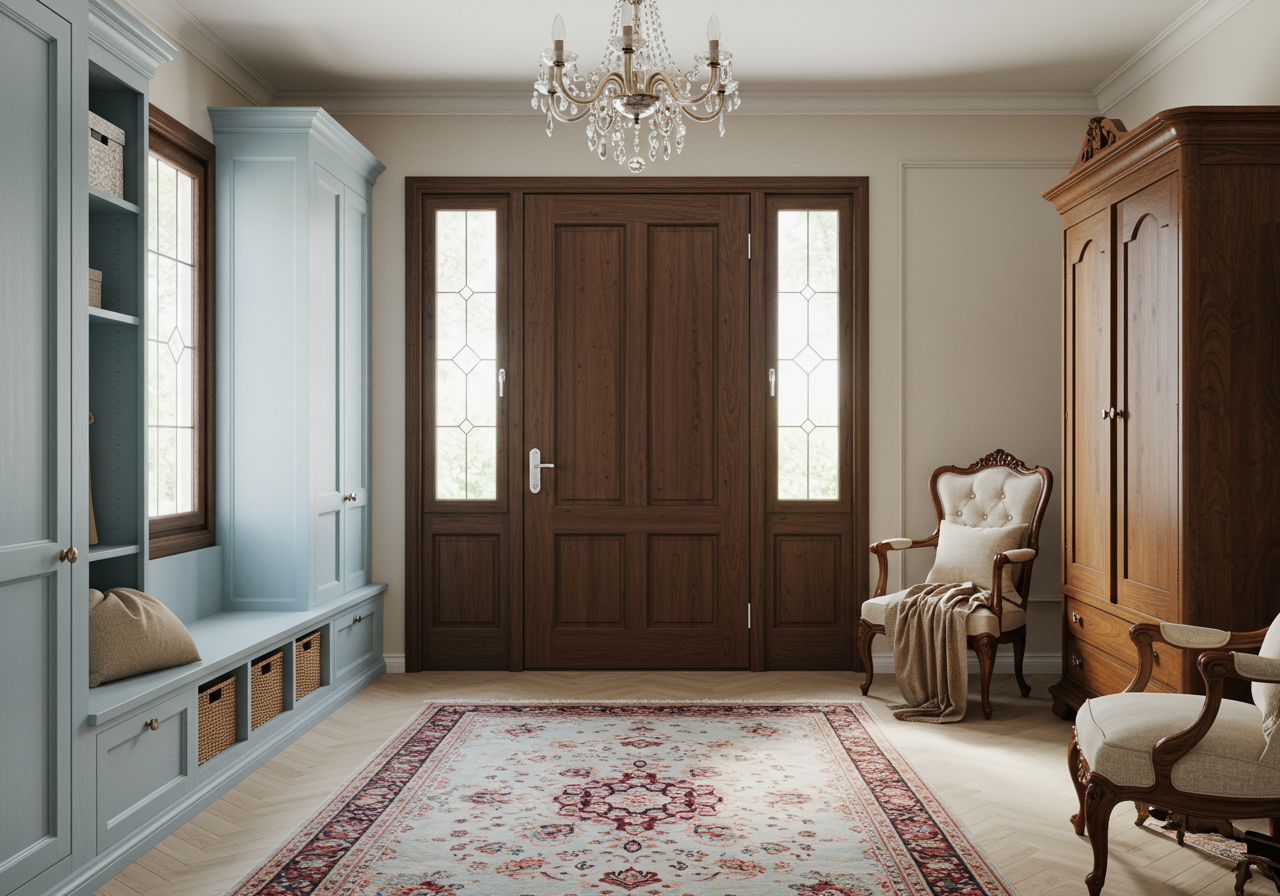
The color on the cabinets is a custom robin’s egg blue. “It was too vibrant for space so we added a black glaze to calm it down,” Kowalski says.
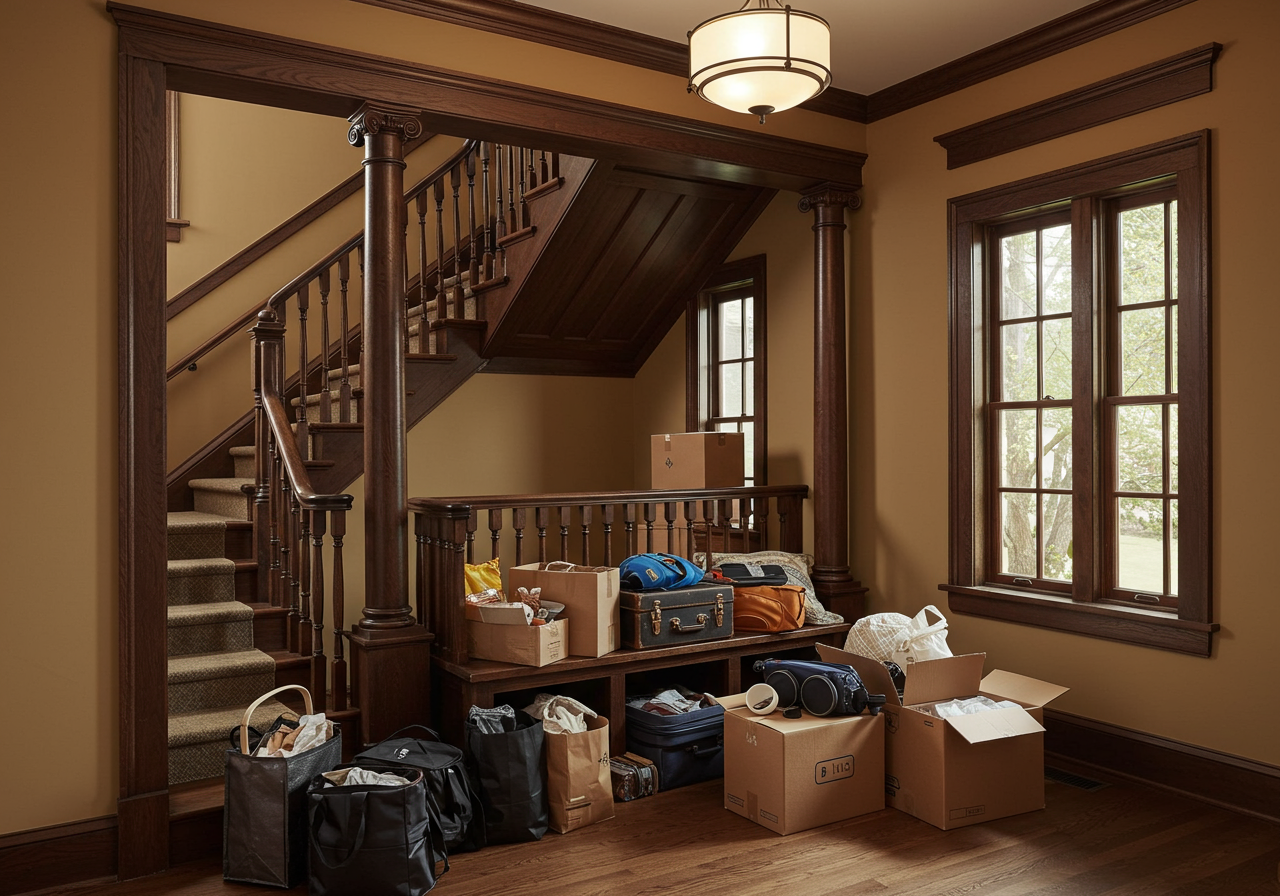
Before: The lack of storage meant that the original built-in bench was usually piled high with bags and other items.
After: The spirit of the existing built-in bench was reincarnated in the same spot. The benchtop adds contrast — it’s birch with a custom dark stain that matches the original woodwork. “The dark wood ties the old and new together very well,” Kowalski says.

Another homeowner wish was a space to place flowers that would greet everyone who entered. The cabinetry piece on the end serves that purpose, and it’s also a landing zone for mail, keys, and devices. Kowalski topped the cabinet with a gorgeous piece of honed marble. “In a house like this, you can’t have anything but marble here,” she says. “It was the icing on the cake for that little space.”
Tip: For small pieces of stone like this, get a bargain by shopping a stone yard’s scrap pile. The scrap piece the homeowners found was larger than what they needed, so they were able to select the portion that had the most interesting veining.
The designer chose hardware that fits with the period architecture, and she chose the finish carefully: a honey bronze from Top Knobs. “It’s really elegant — not too gold or shiny — and it has a period look,” she says. “The honey bronze also works well with the rich dark wood.”
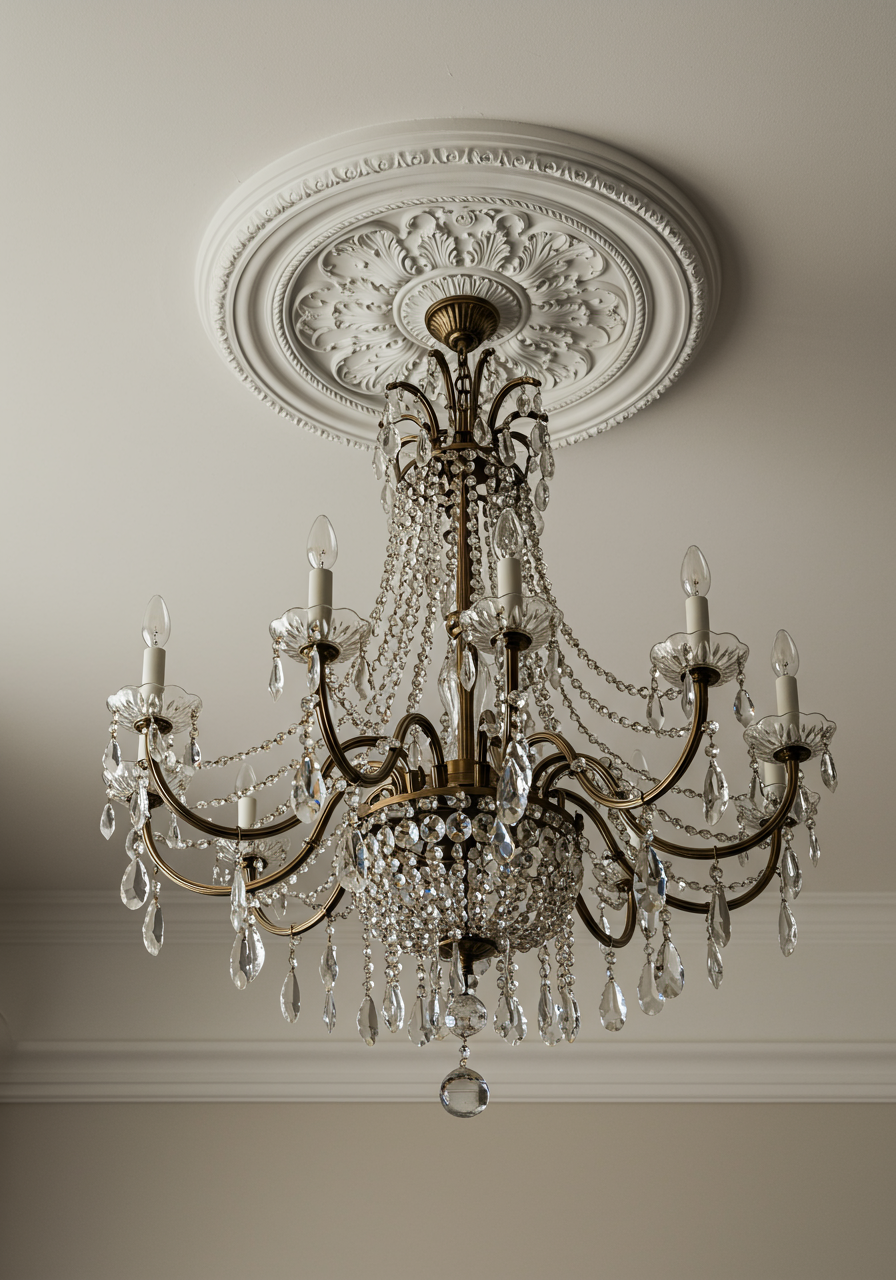
The homeowners wanted a vintage-looking crystal chandelier, another element that greets visitors. And the icing-on-the-cake detail here is a new ceiling medallion. Kowalski researched the architectural period to find the right design. “Whatever we did need to fit in with the home,” she says. “That was important to us and to the homeowners. As a designer that’s a dream.”
